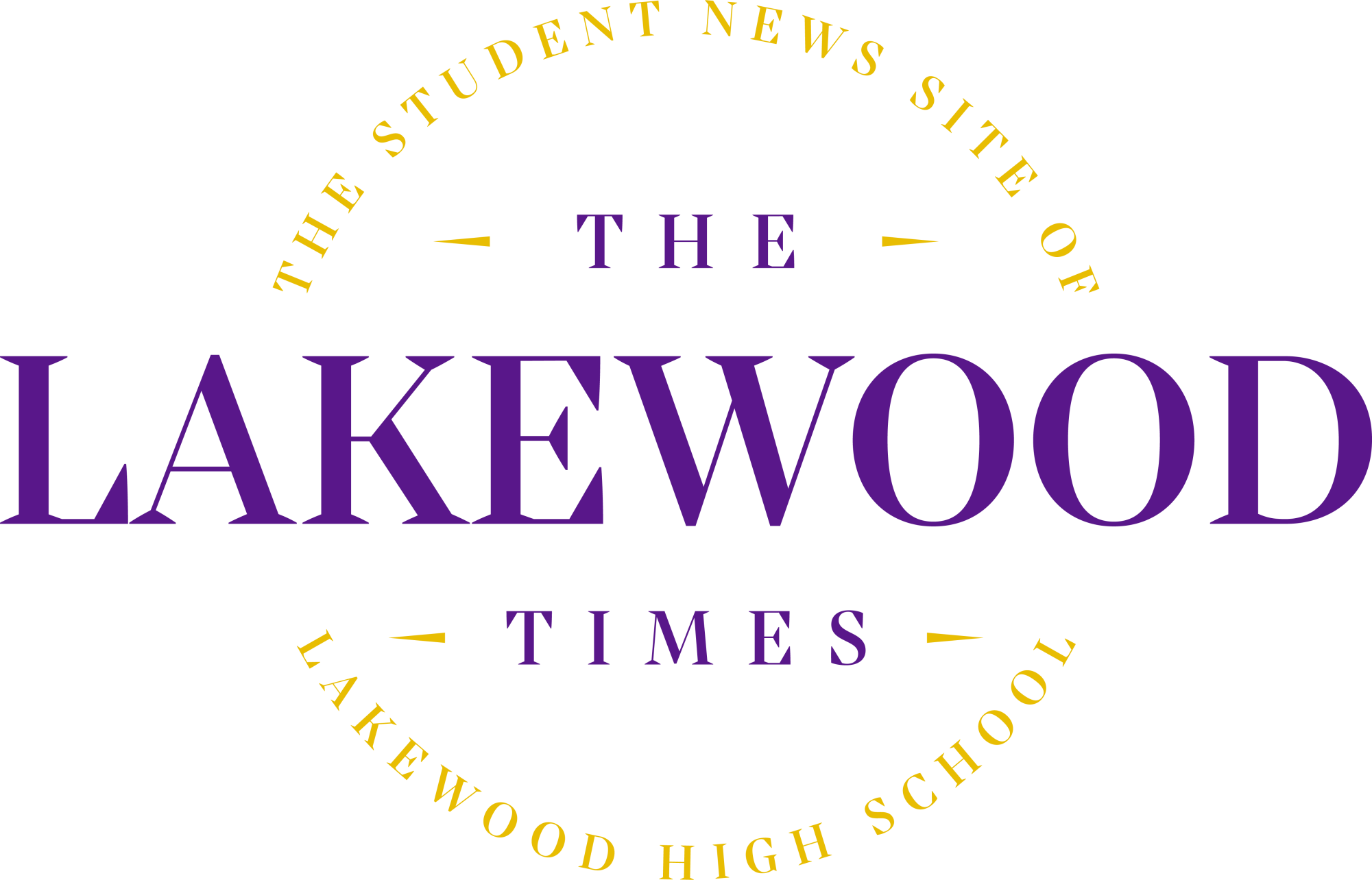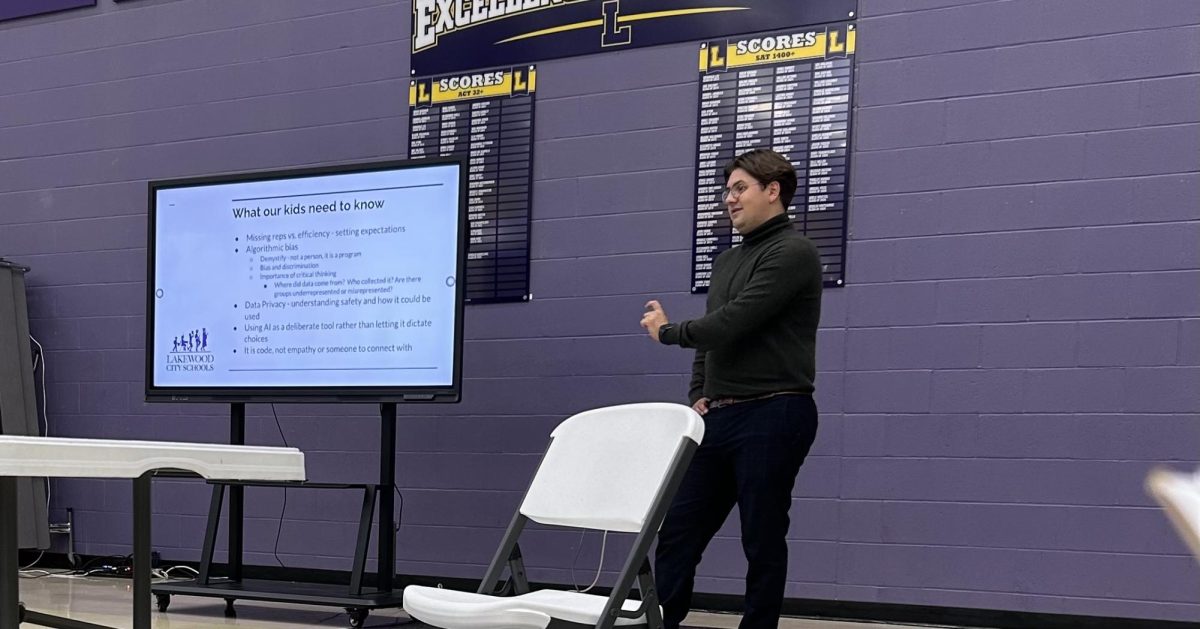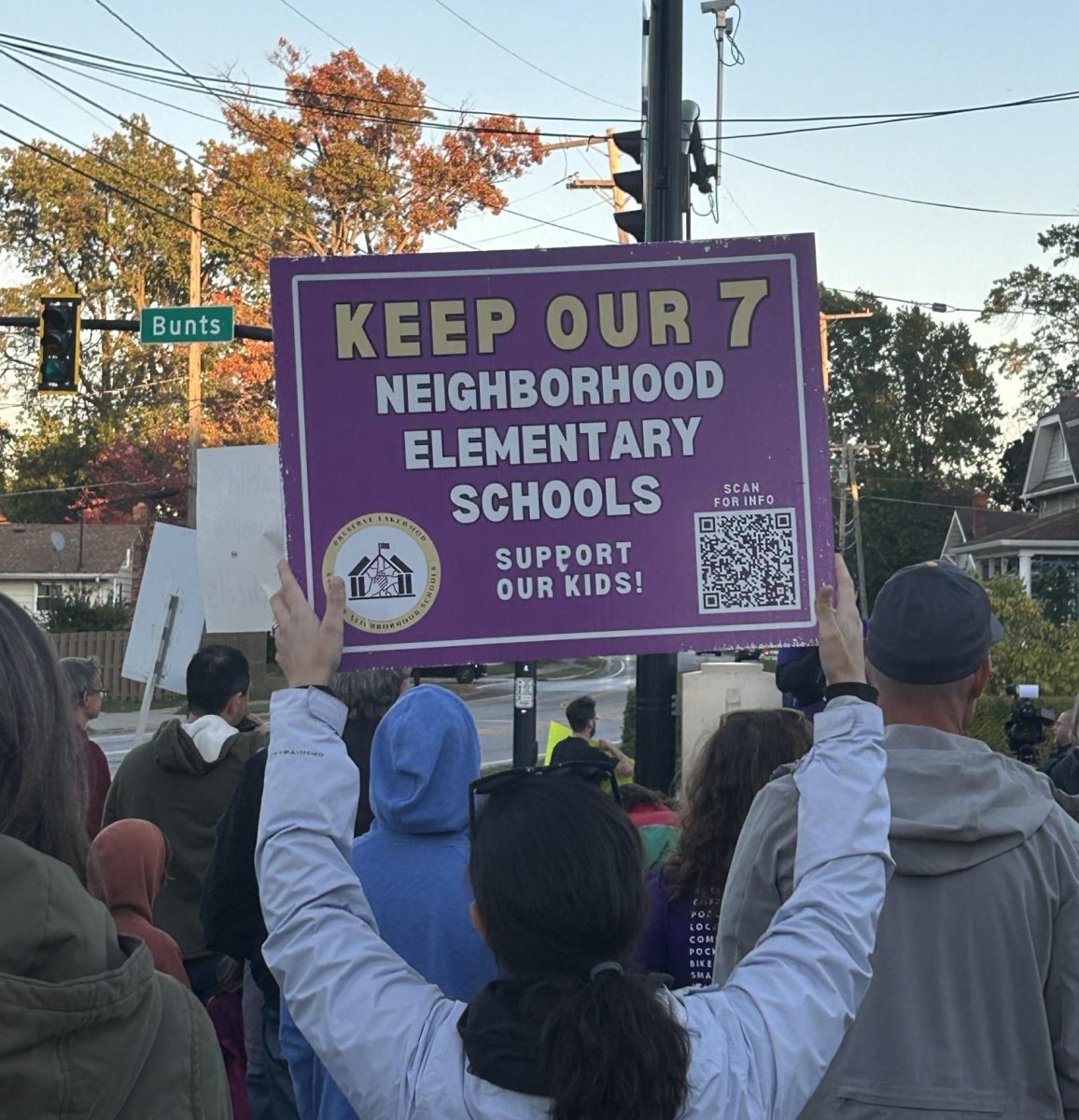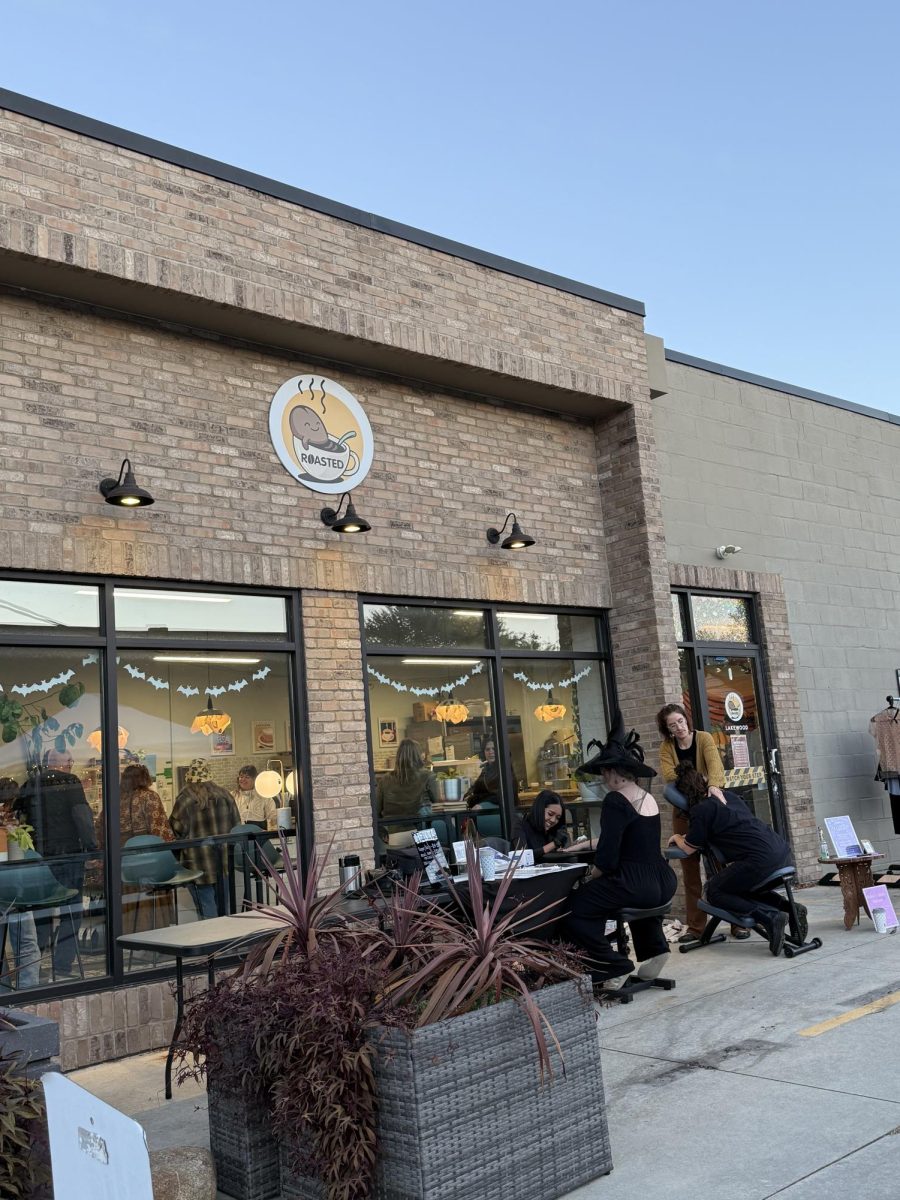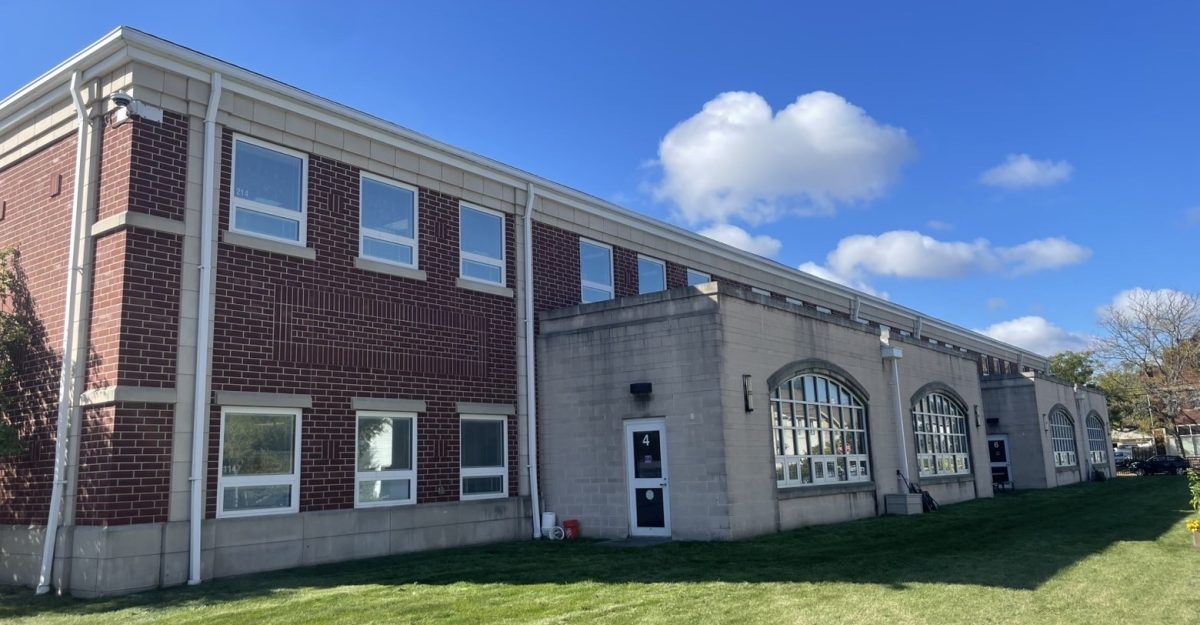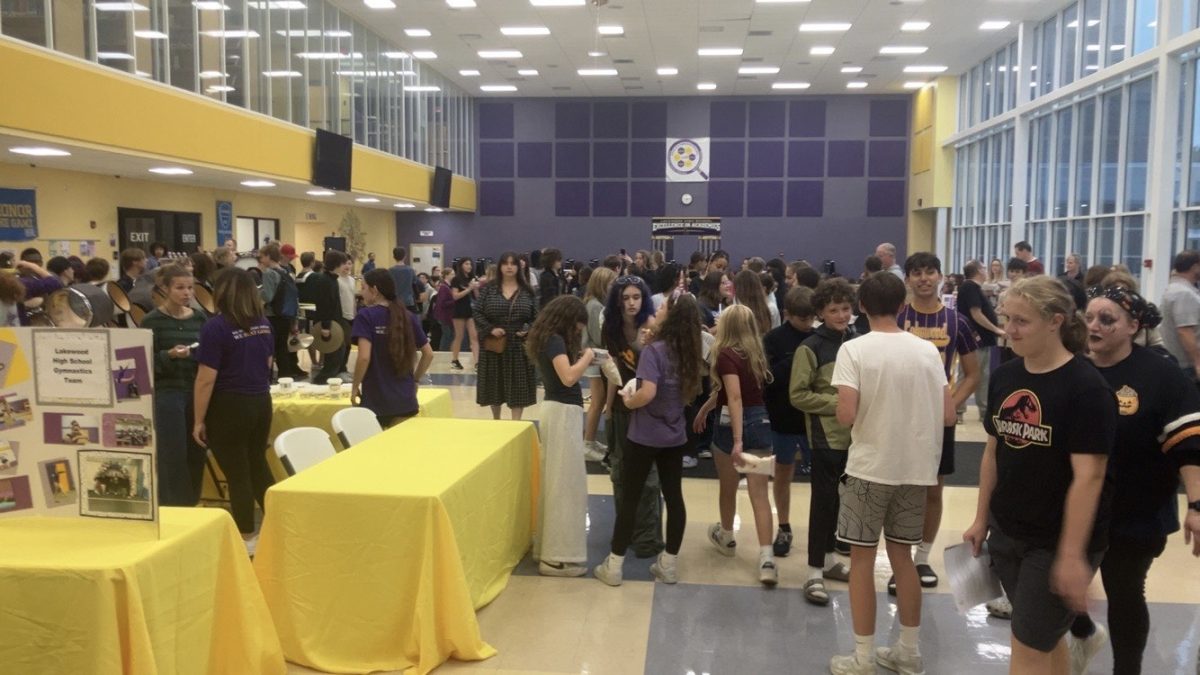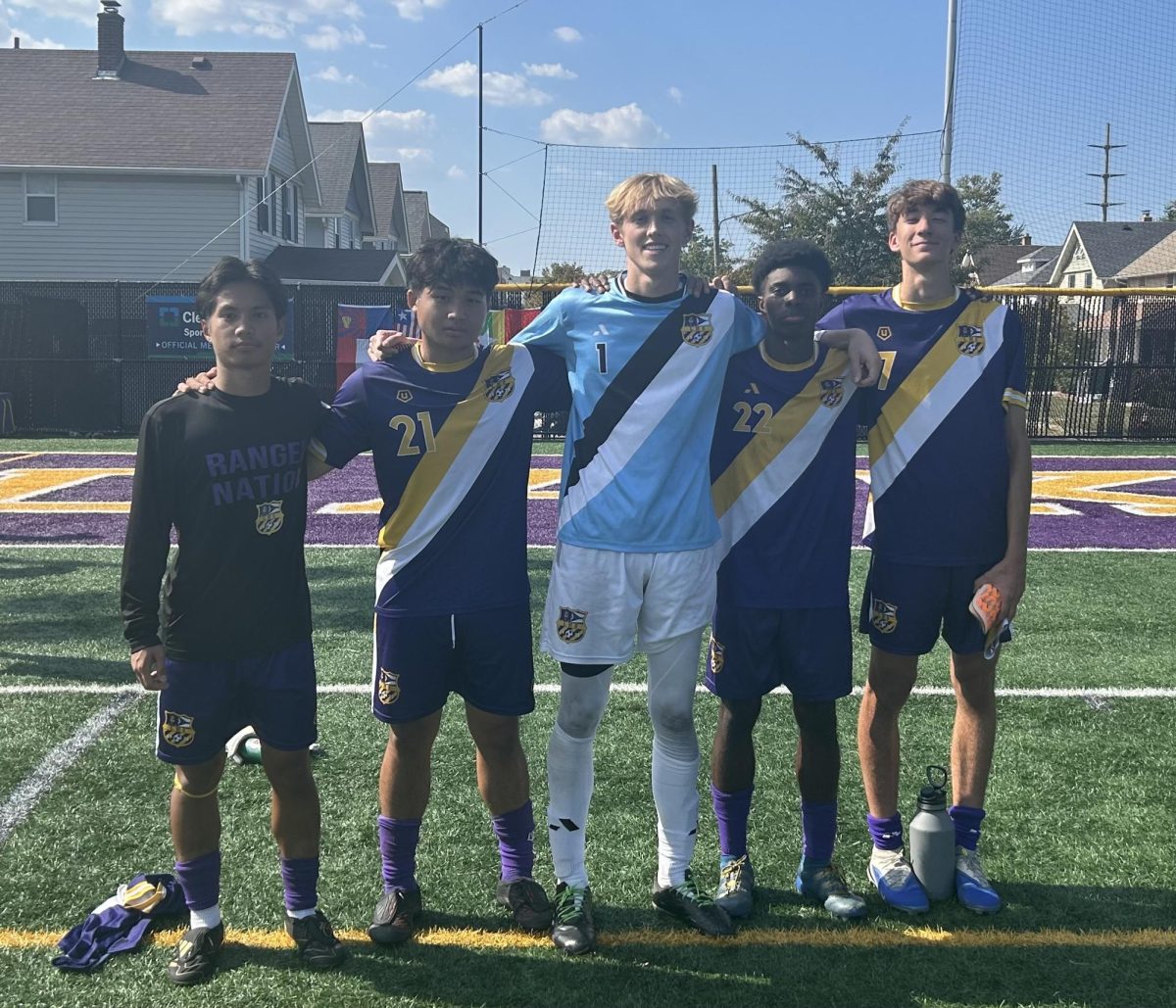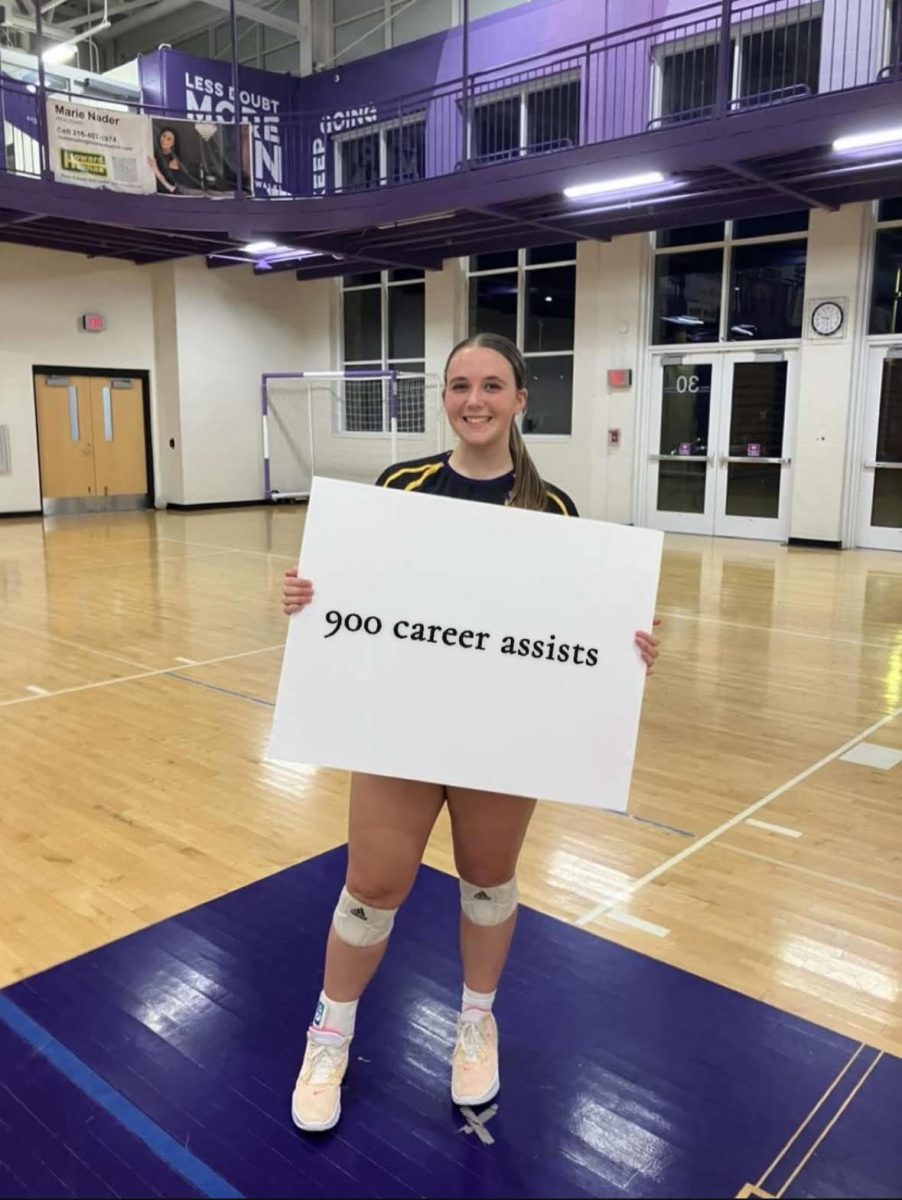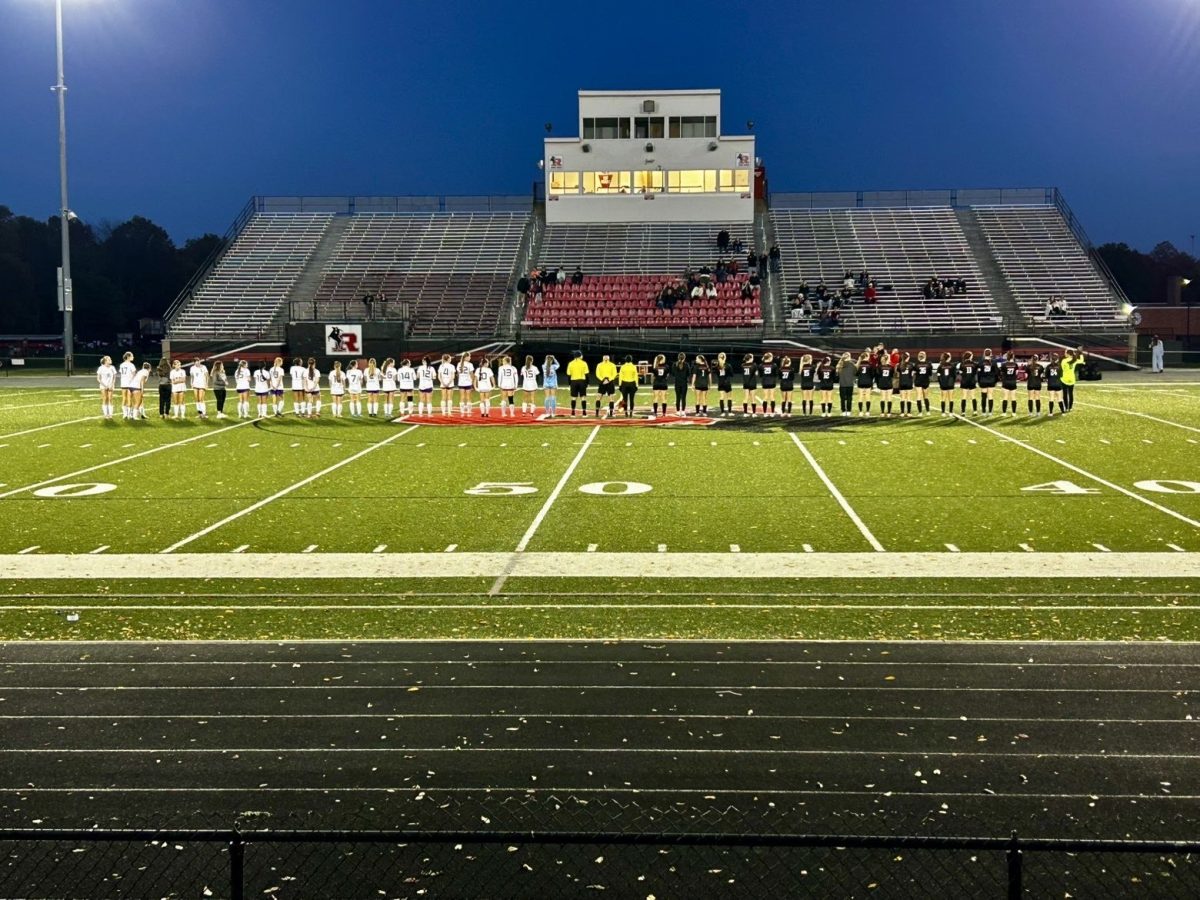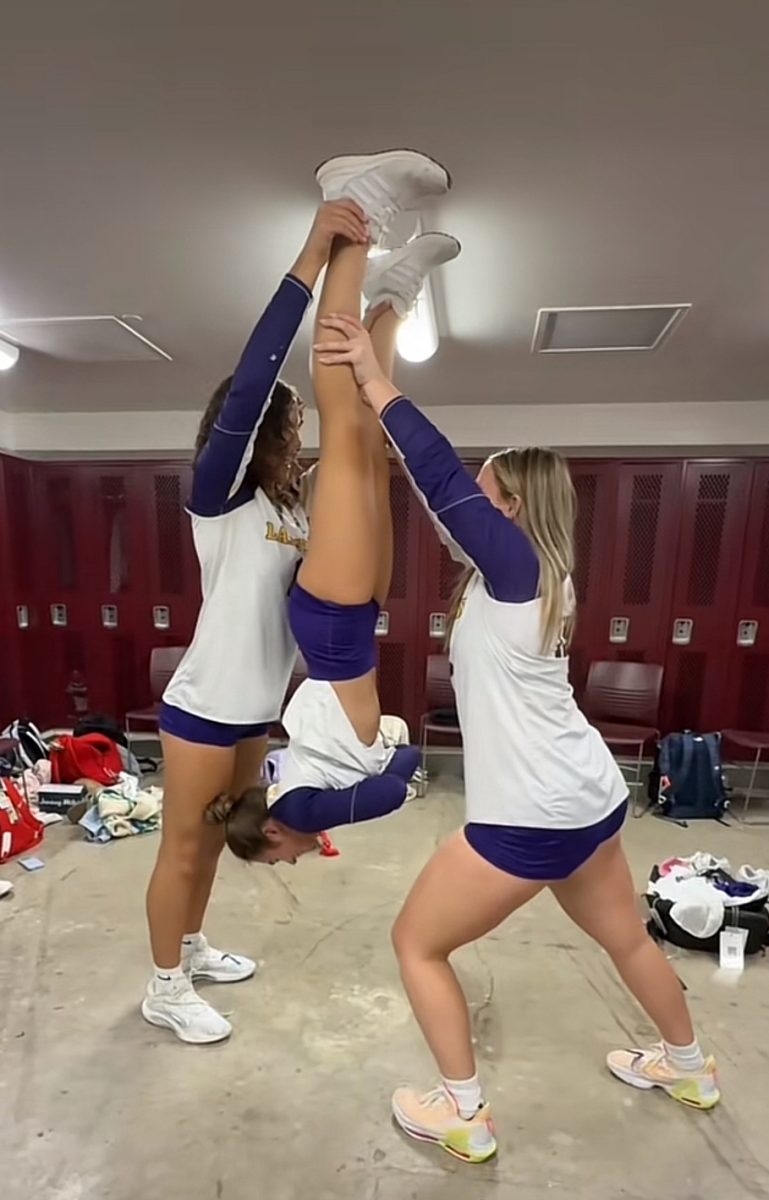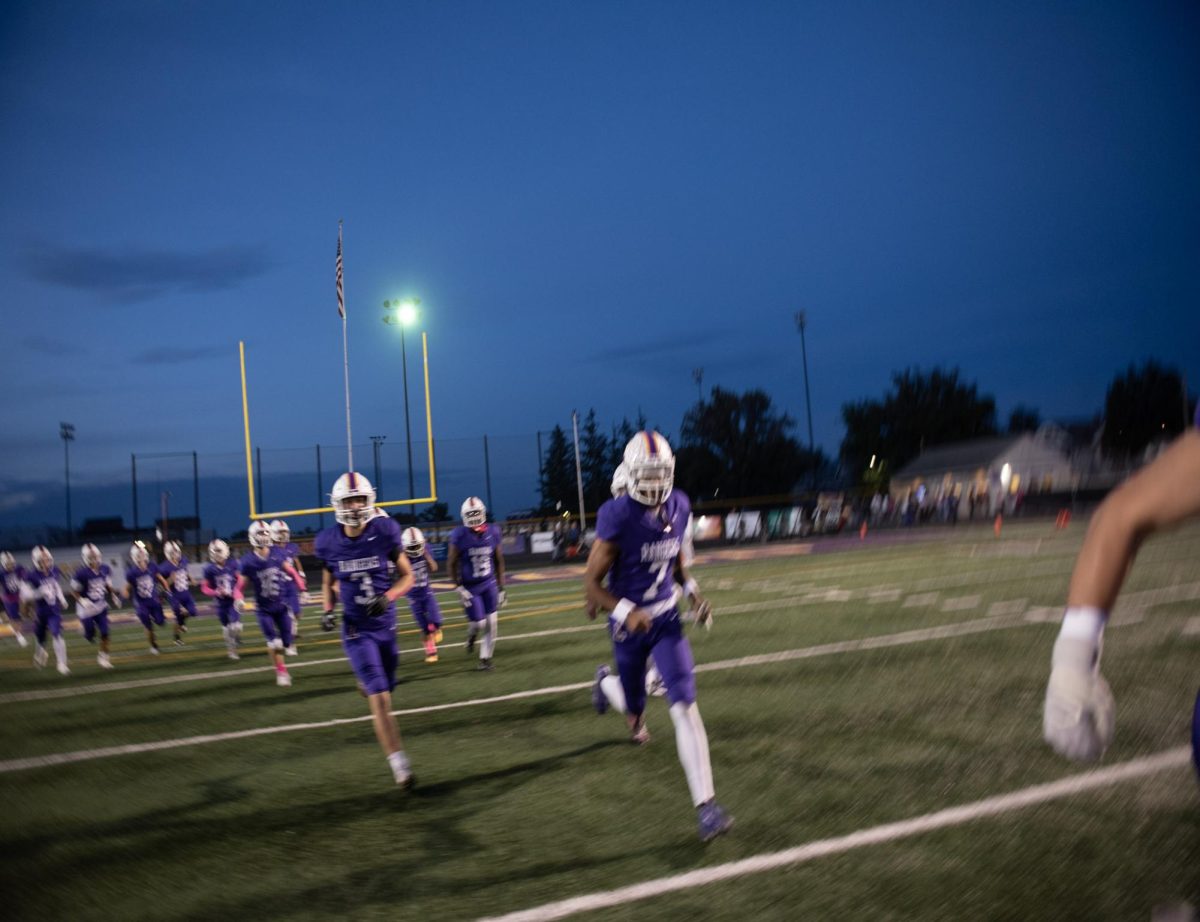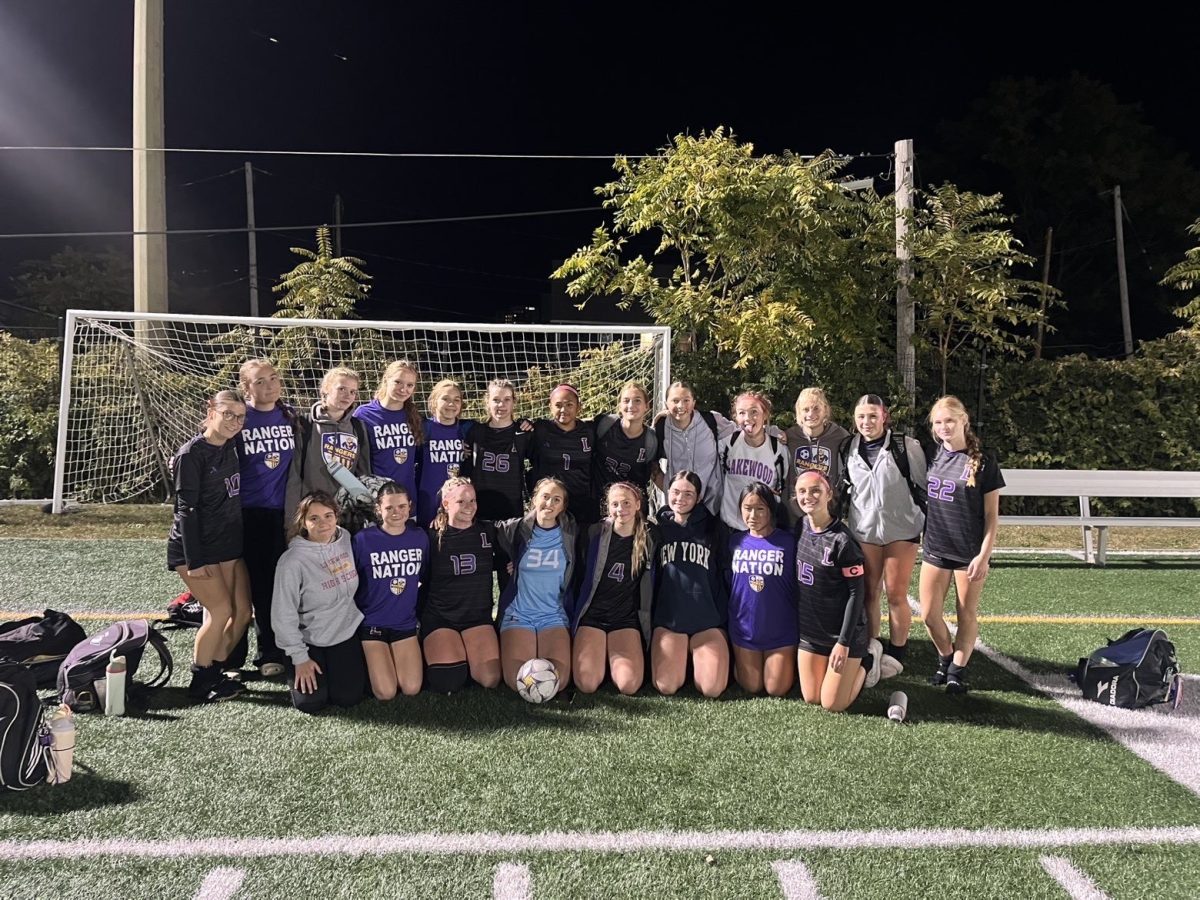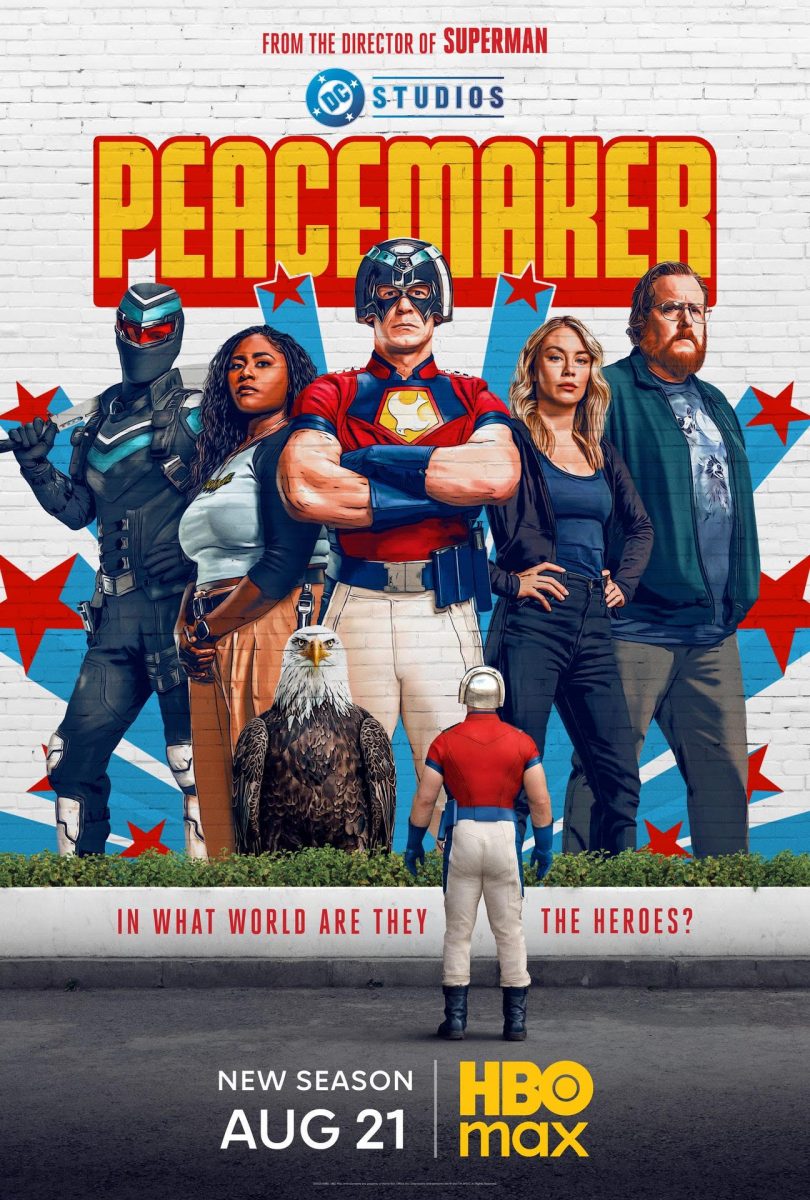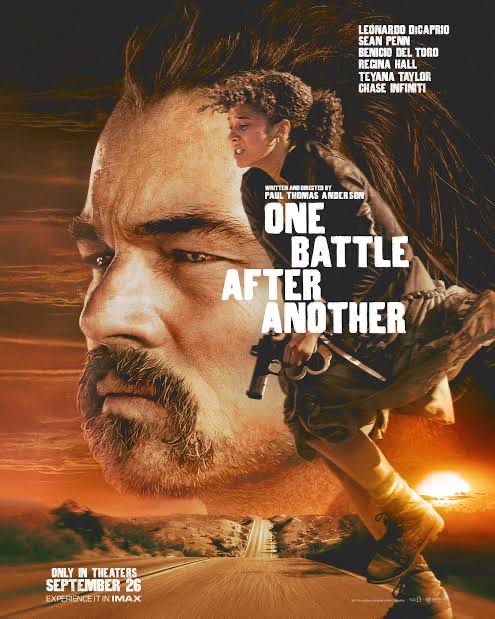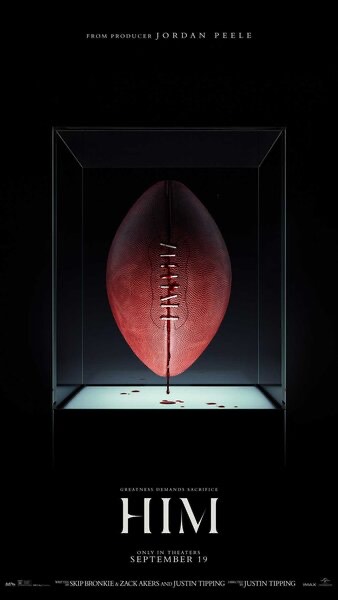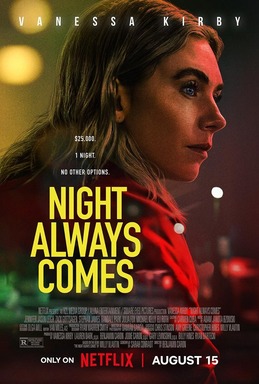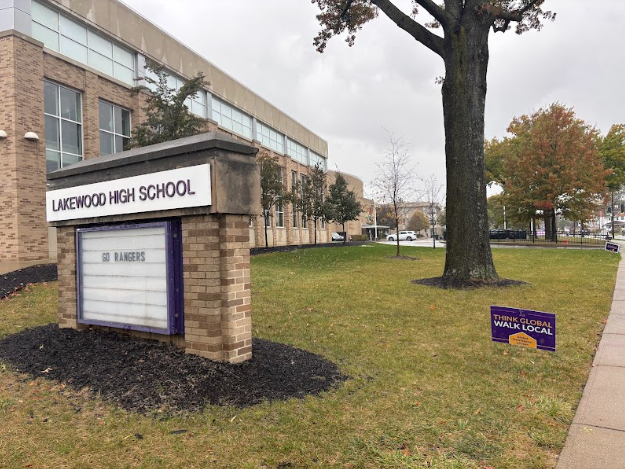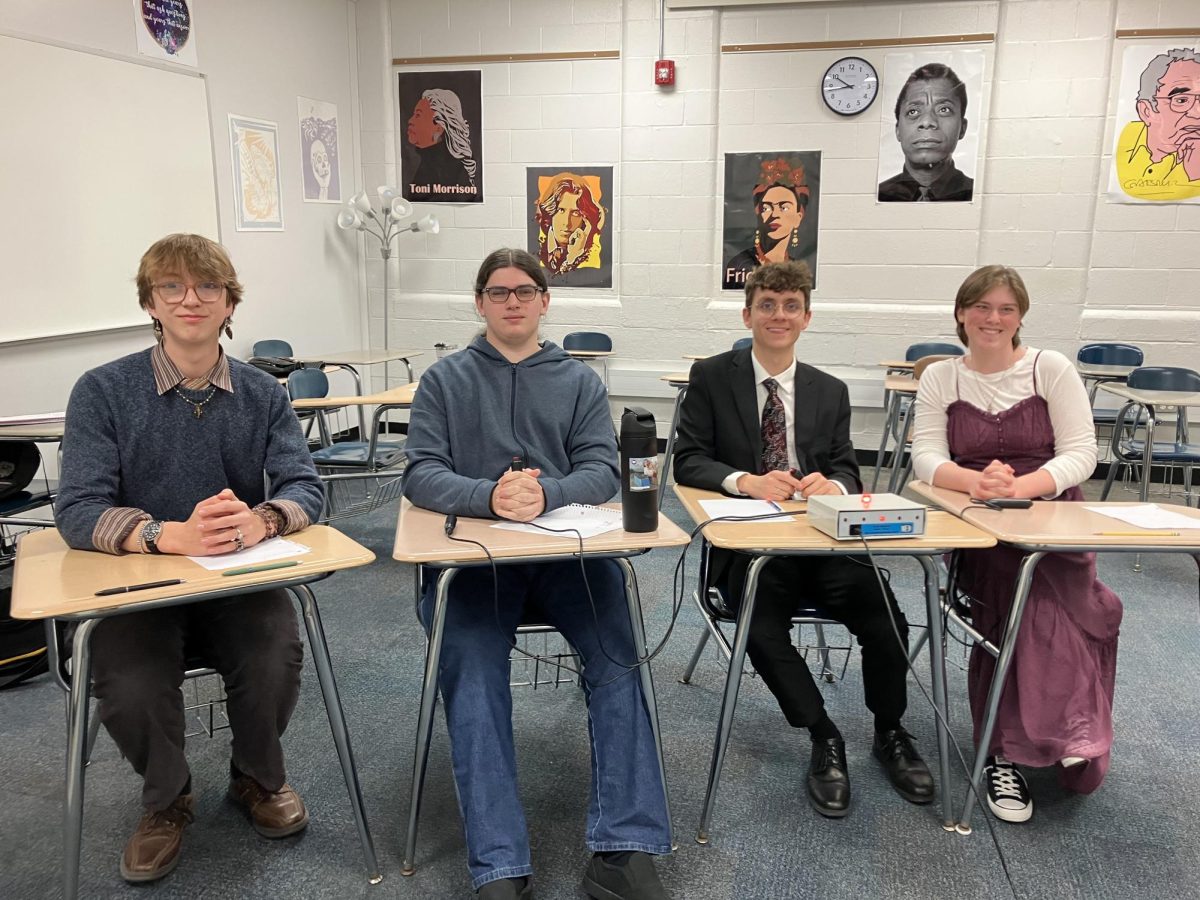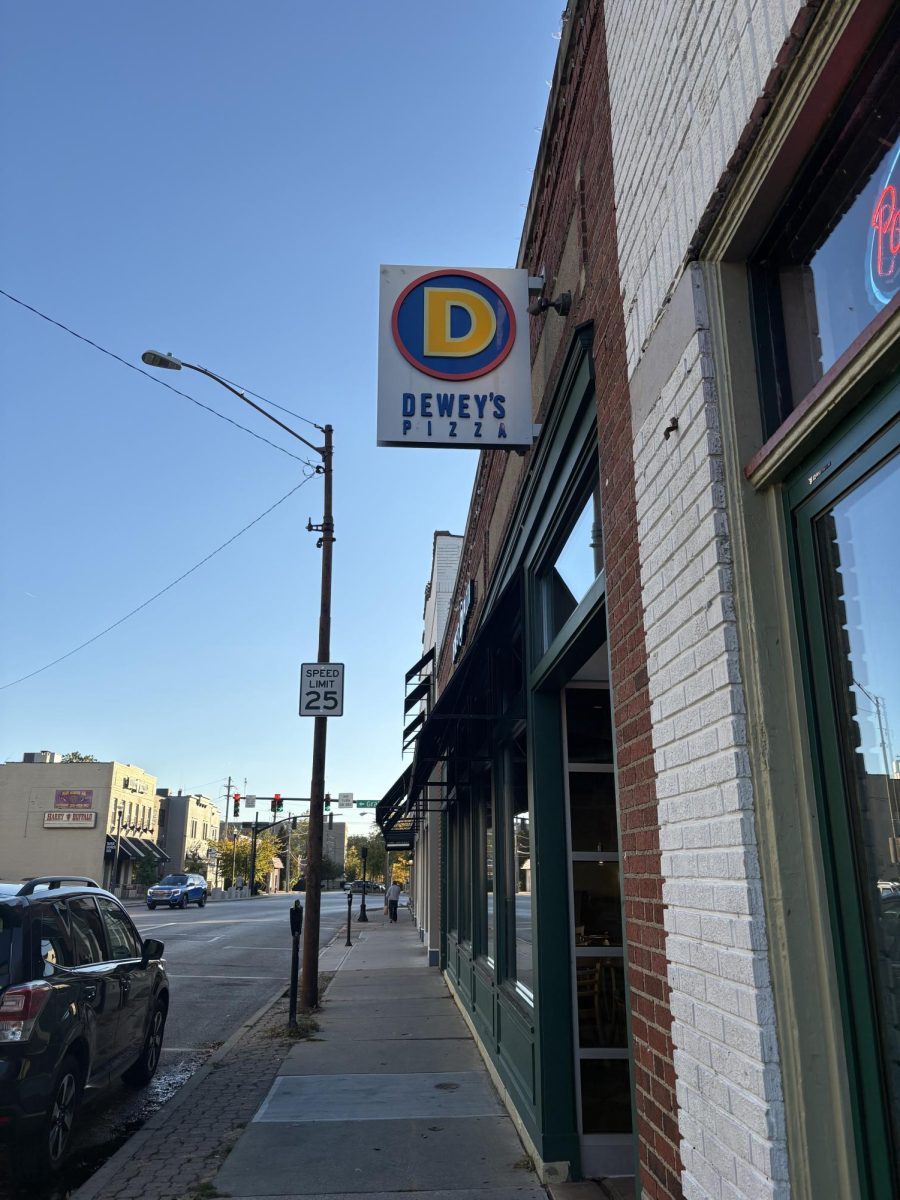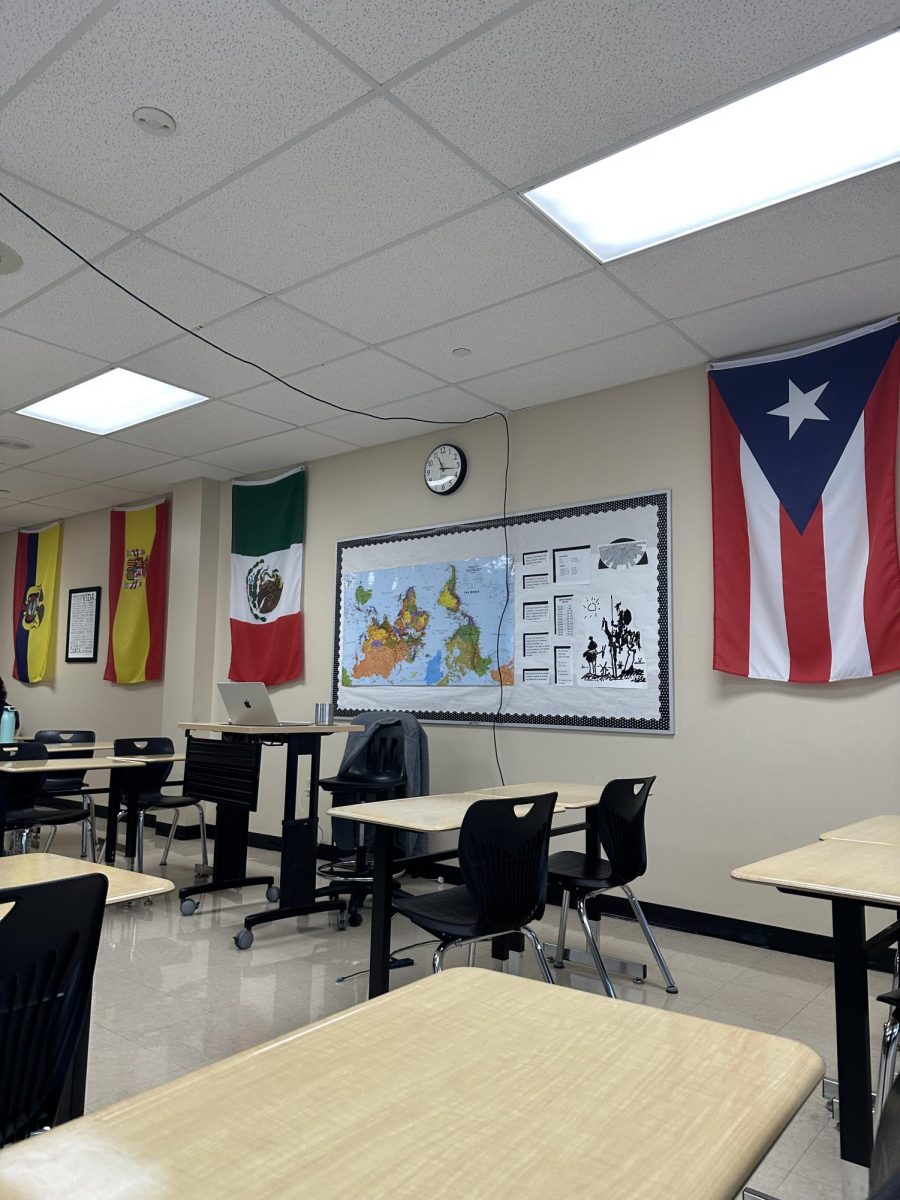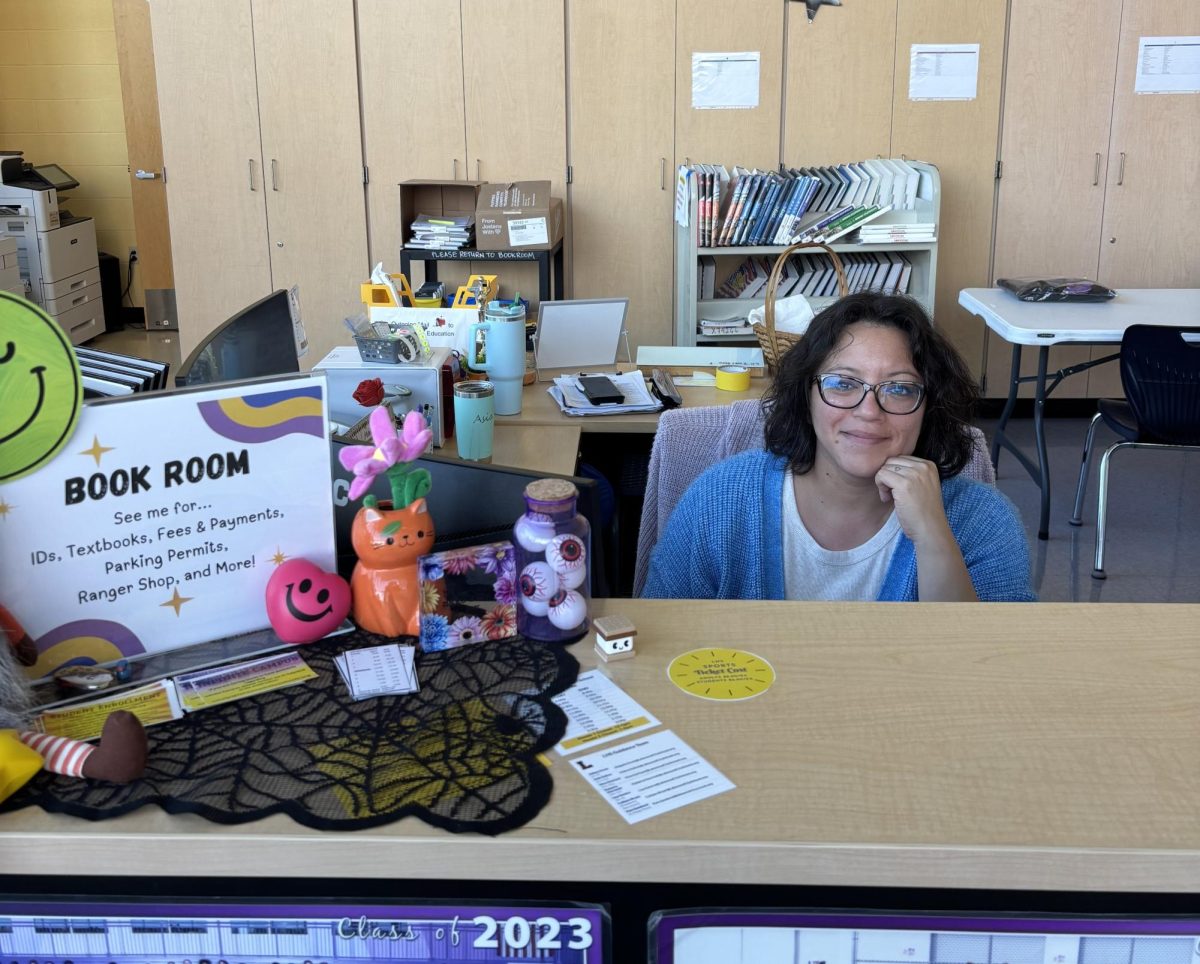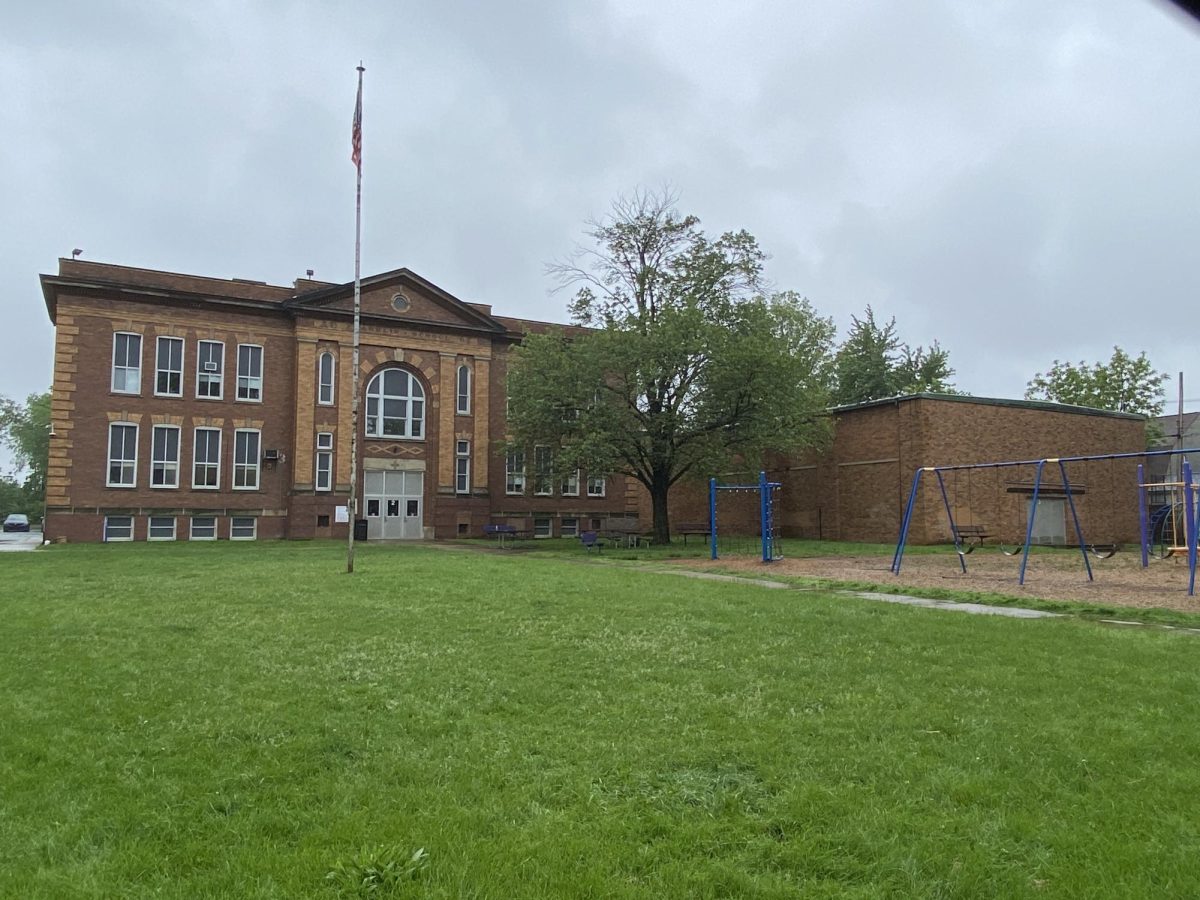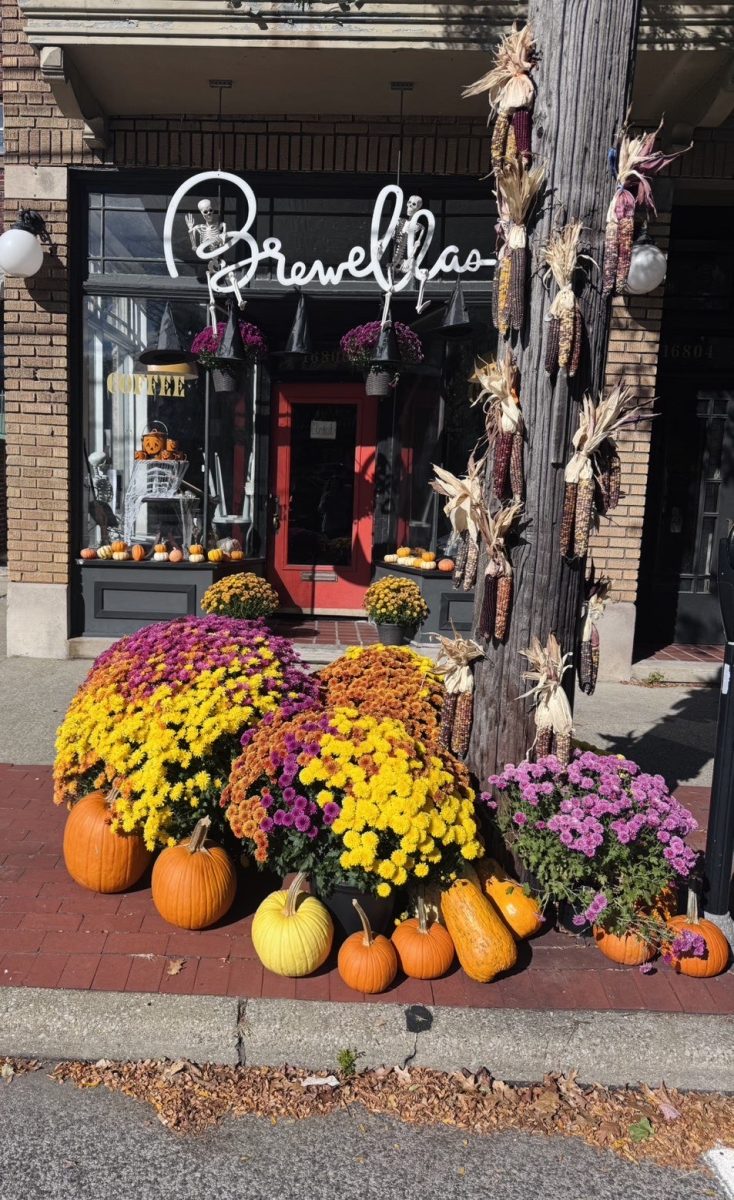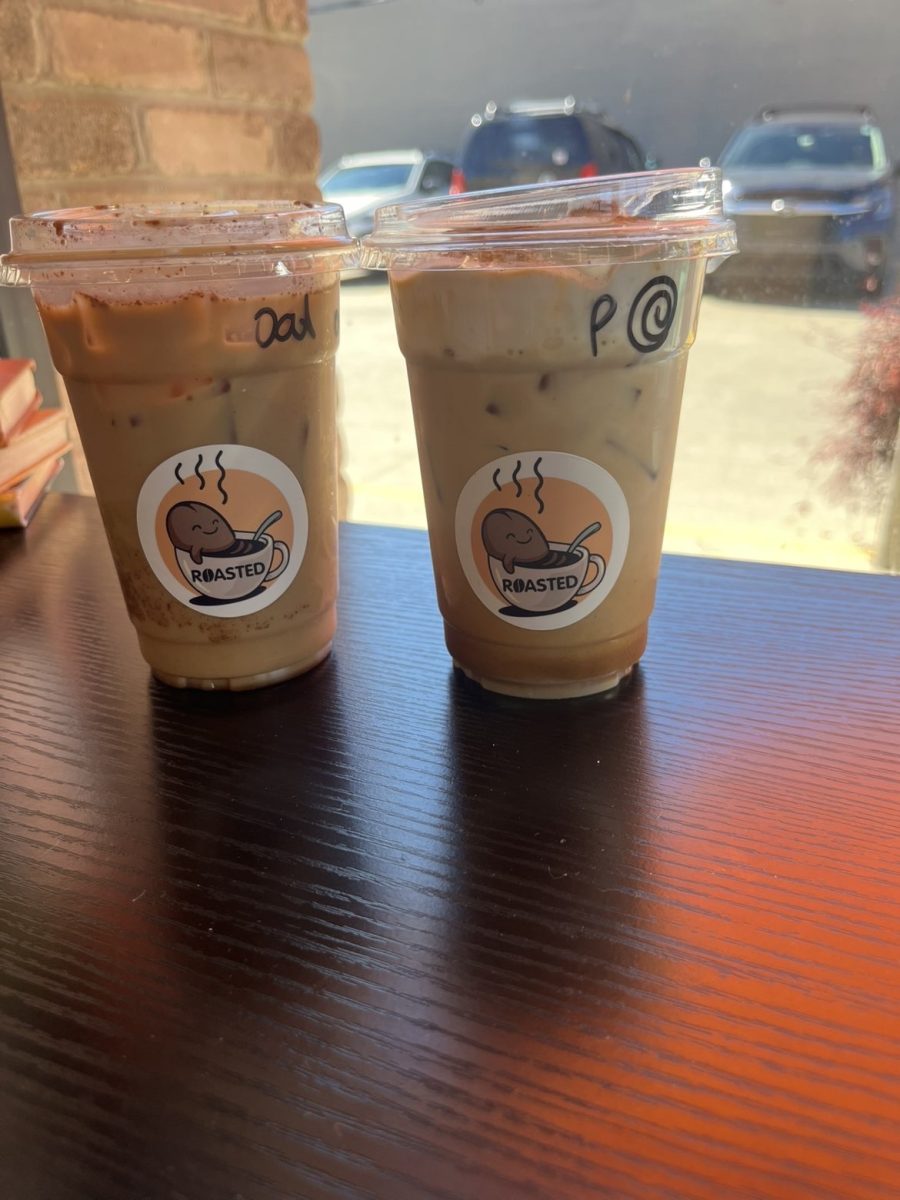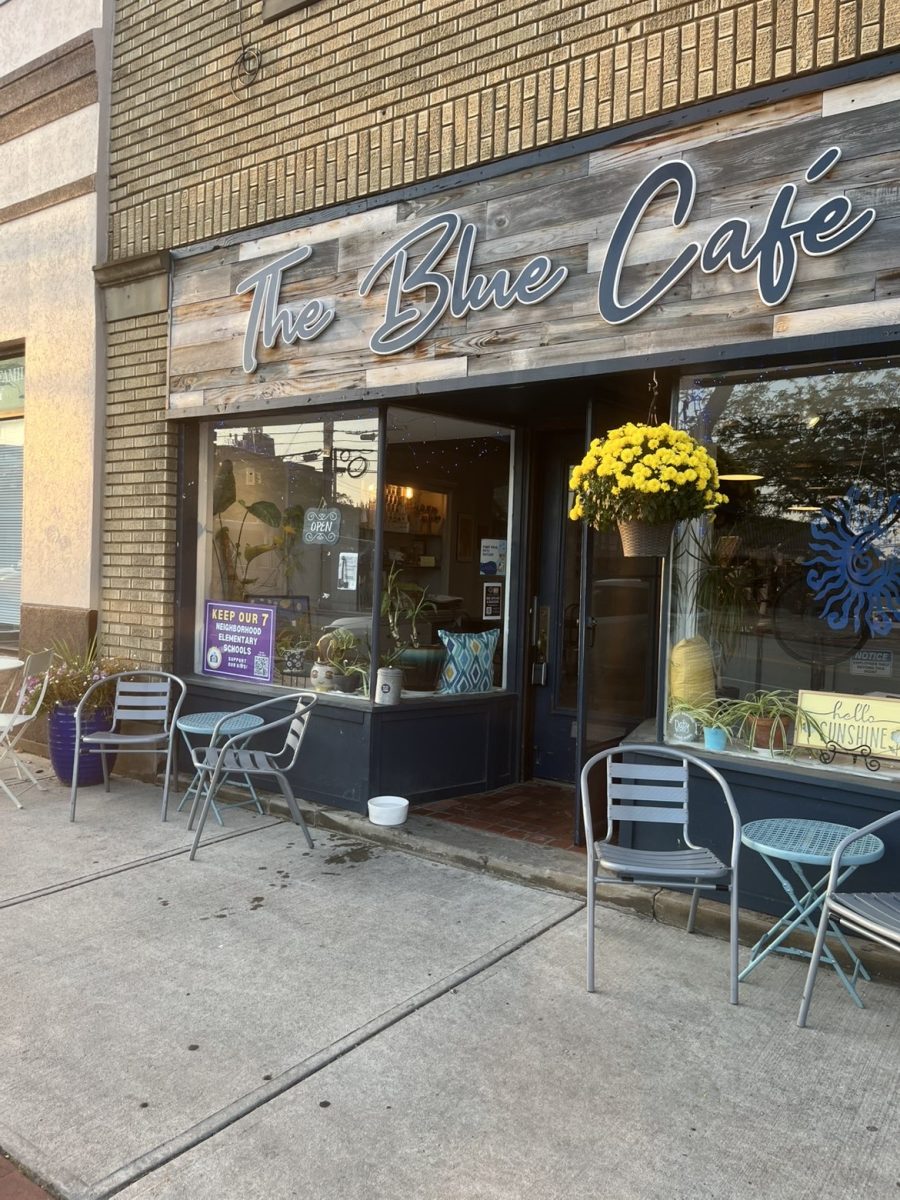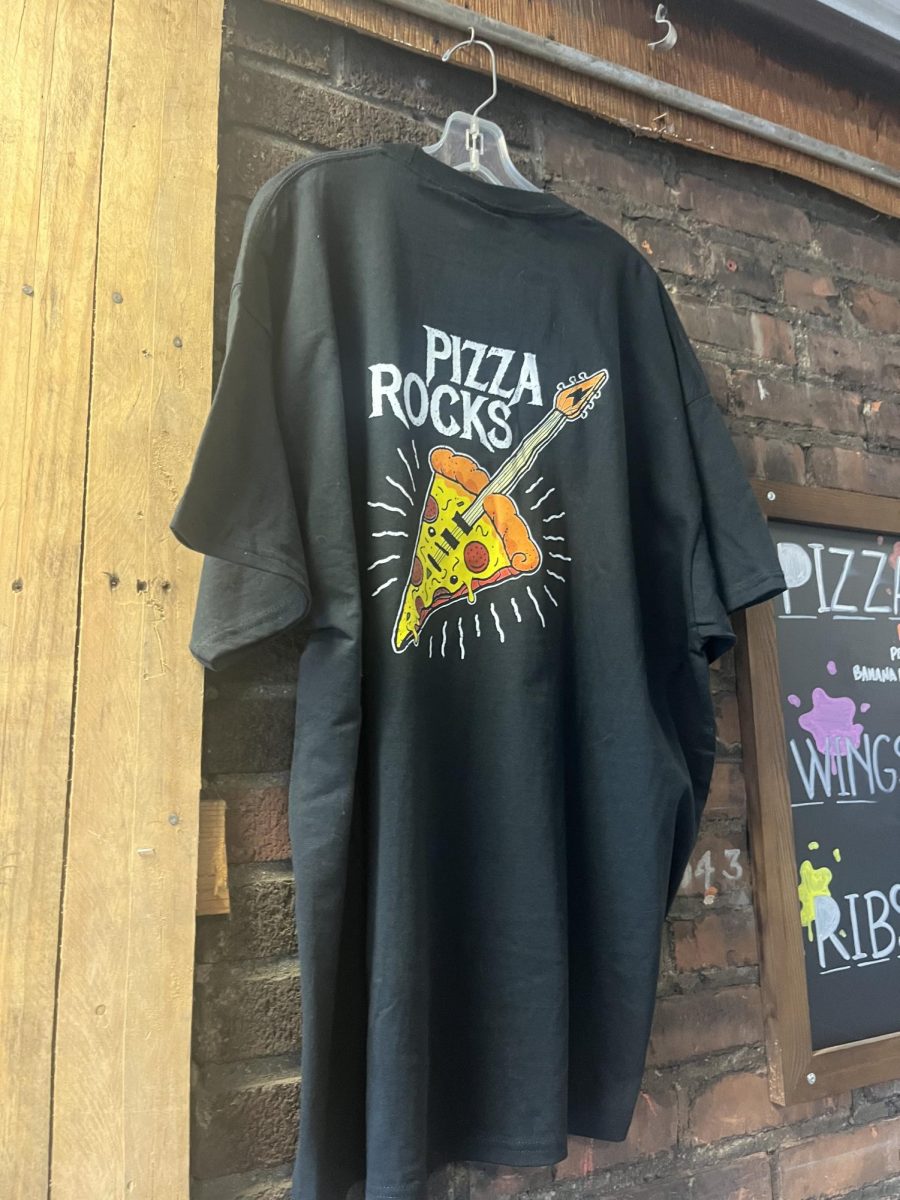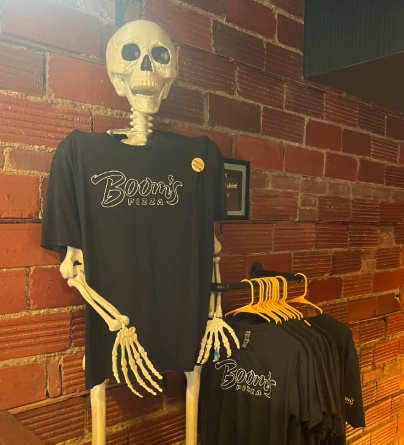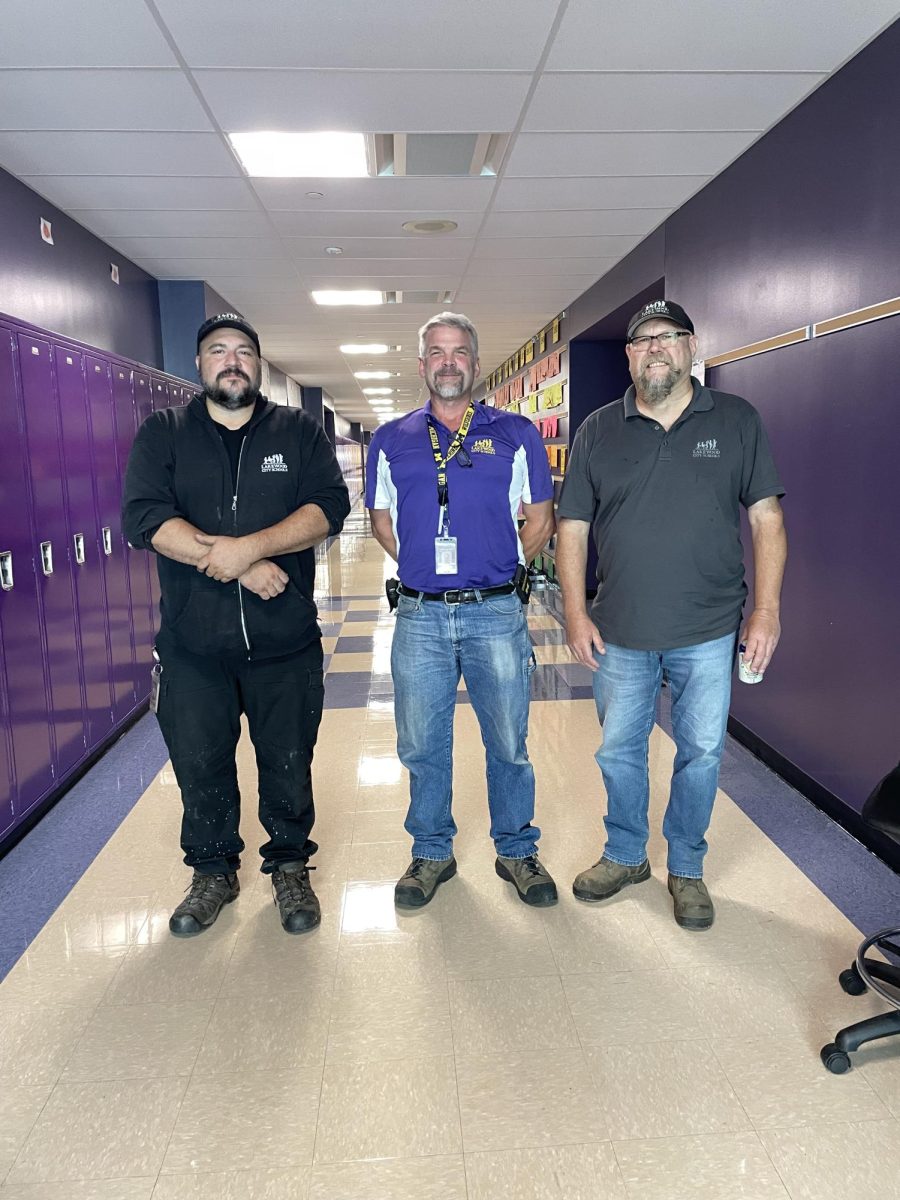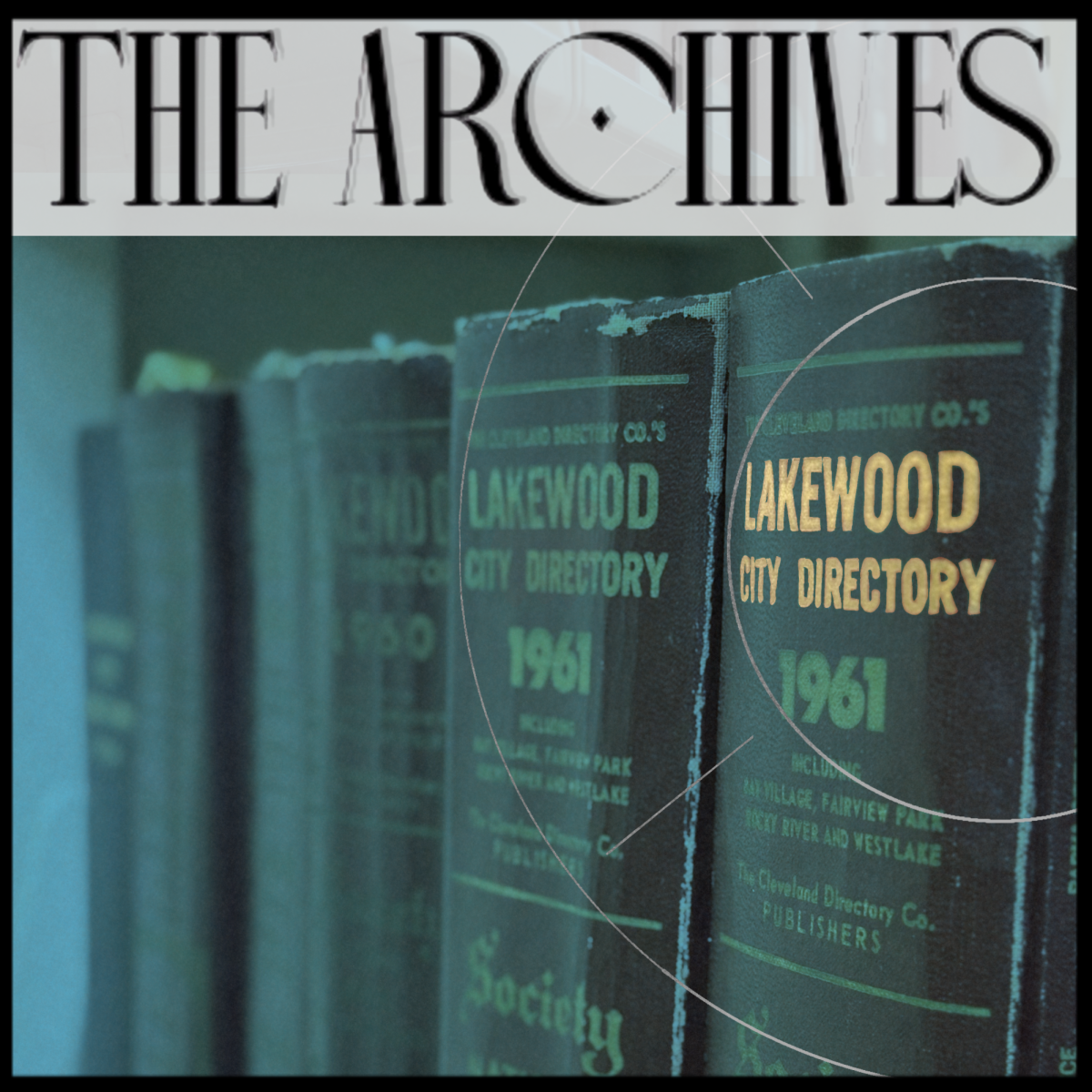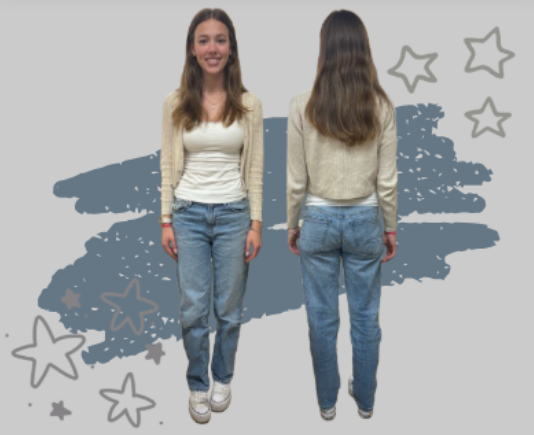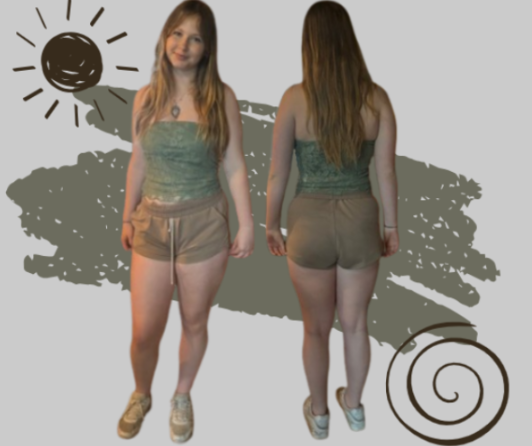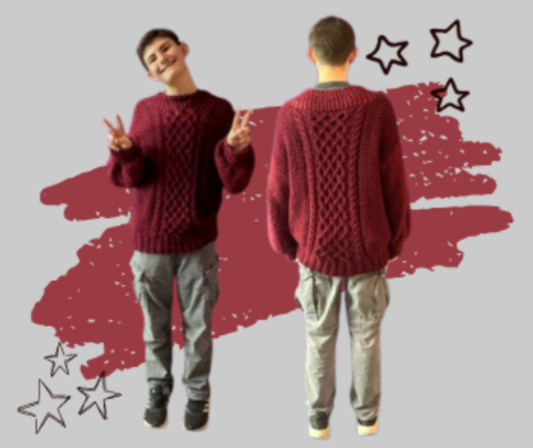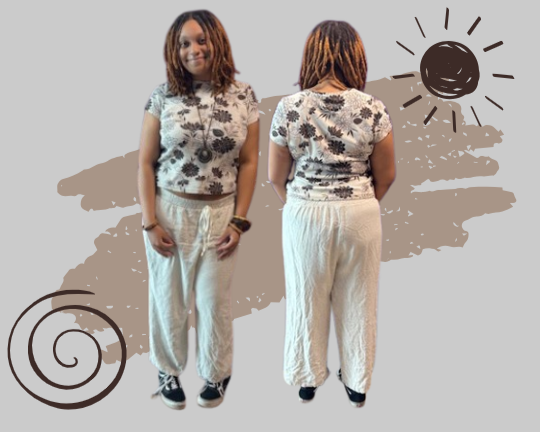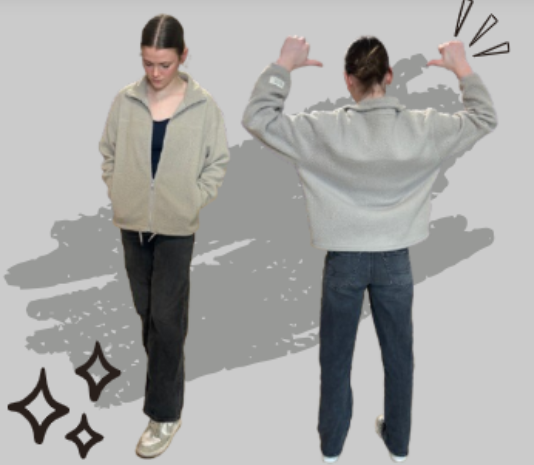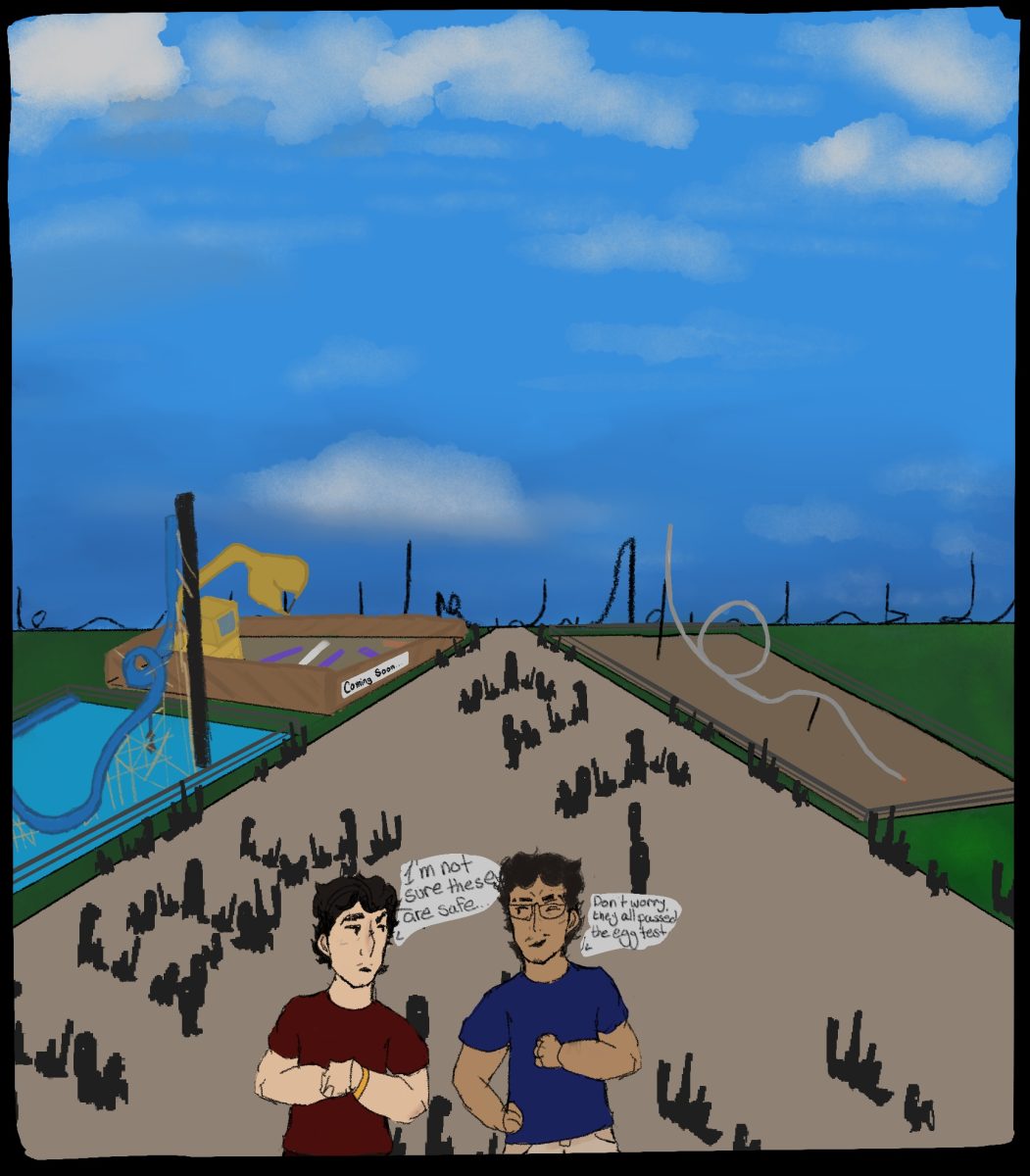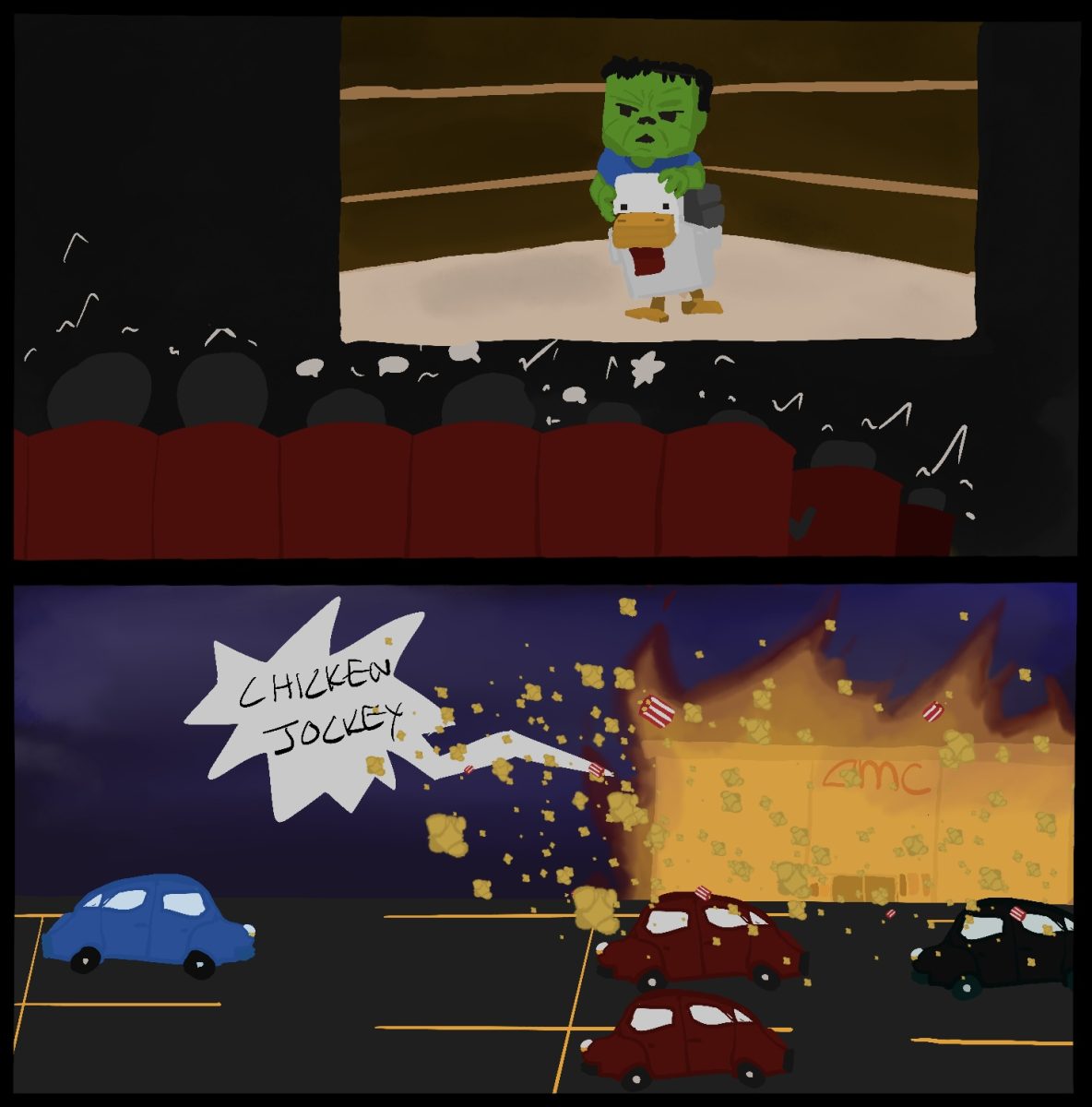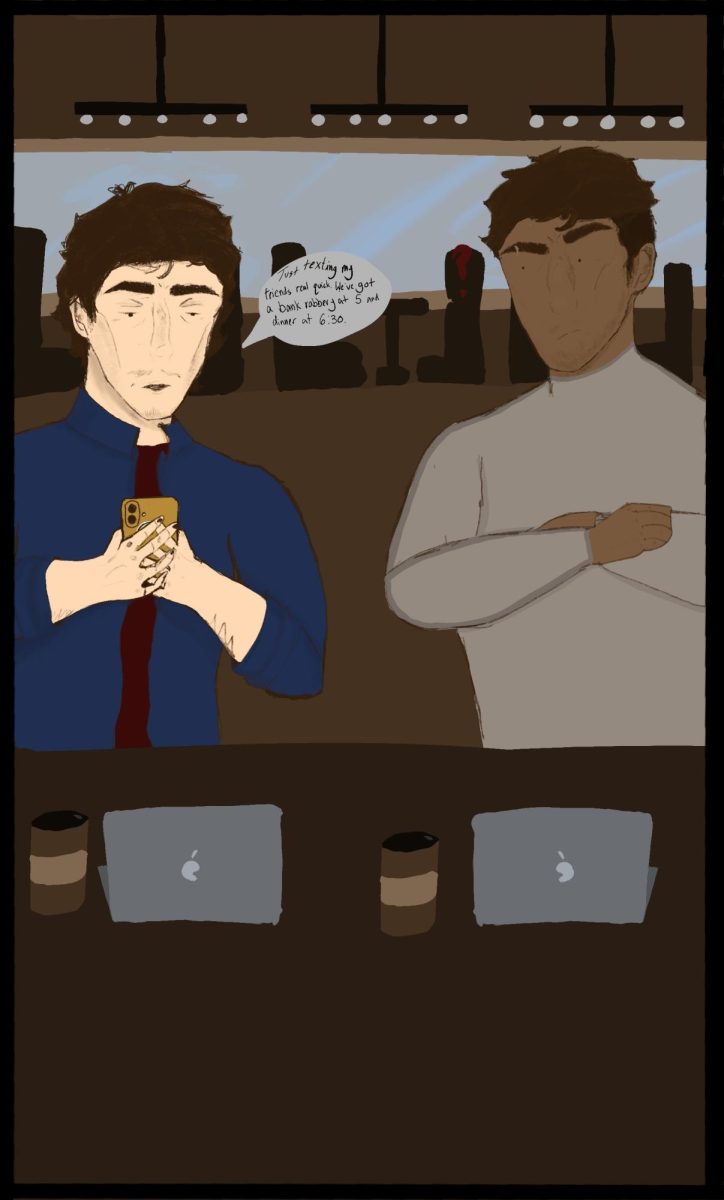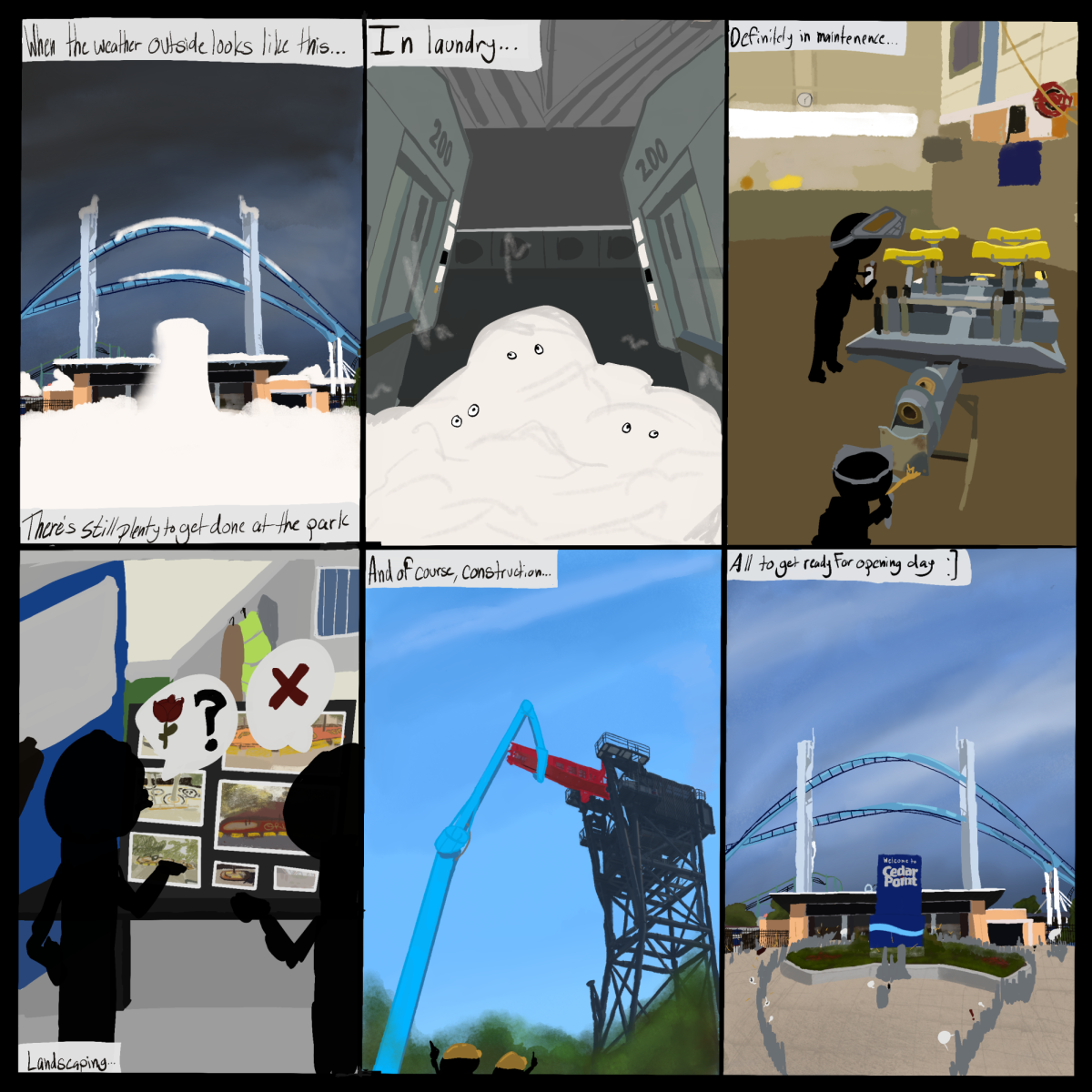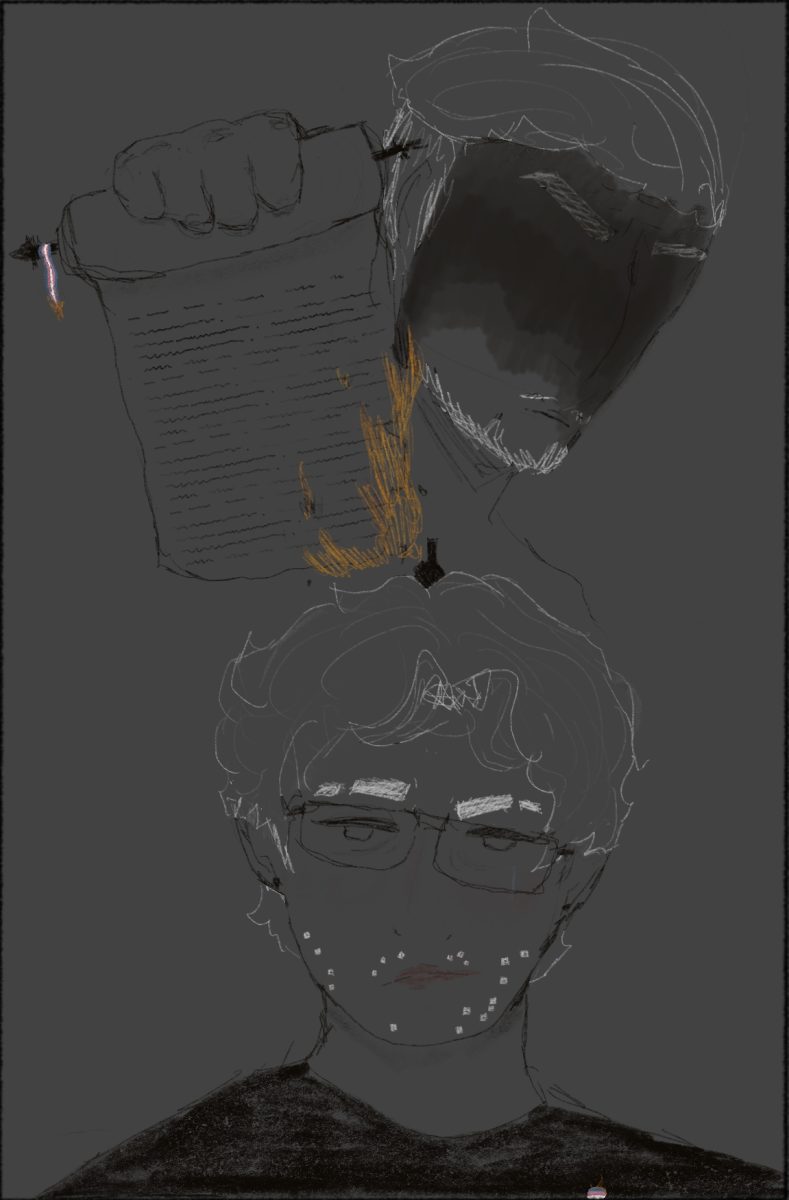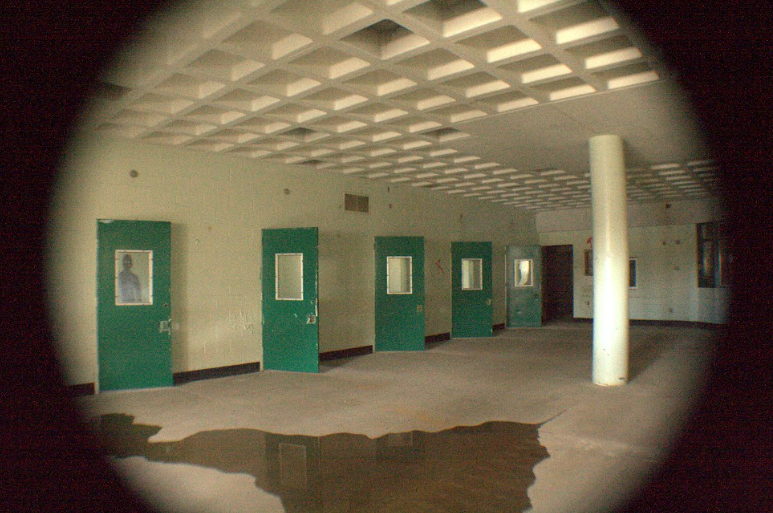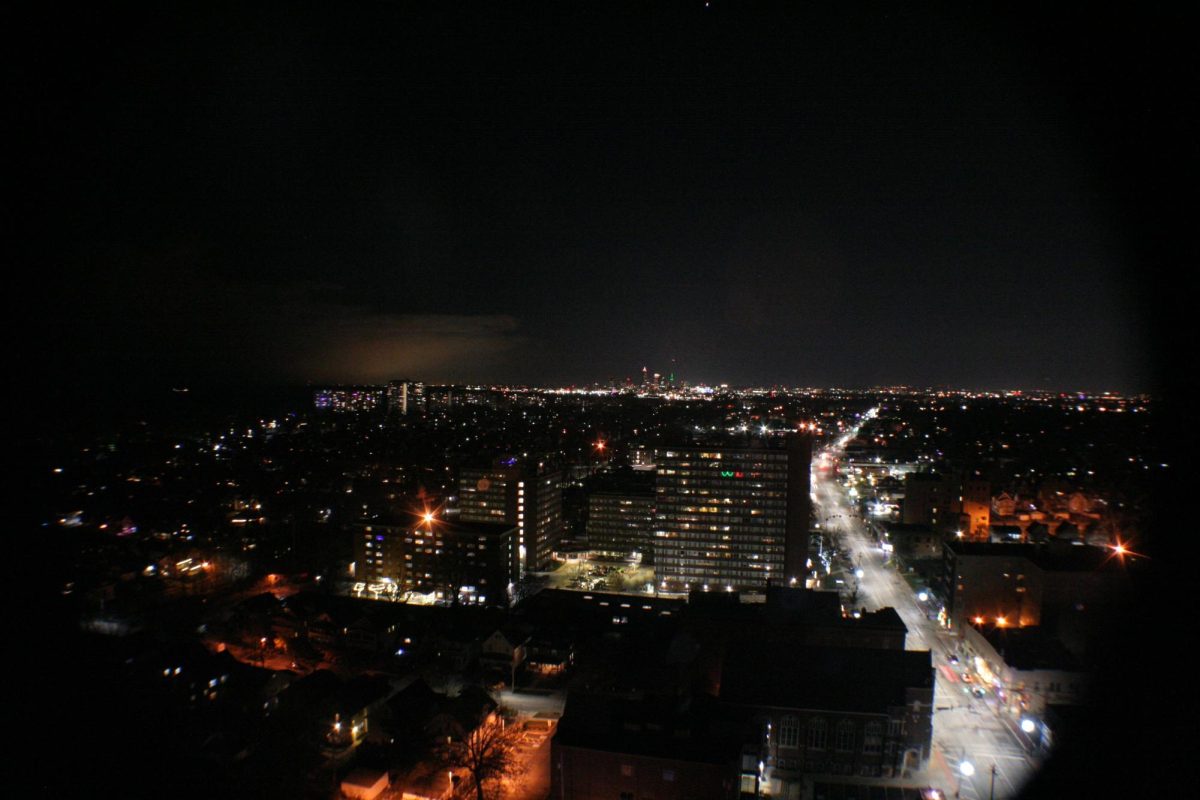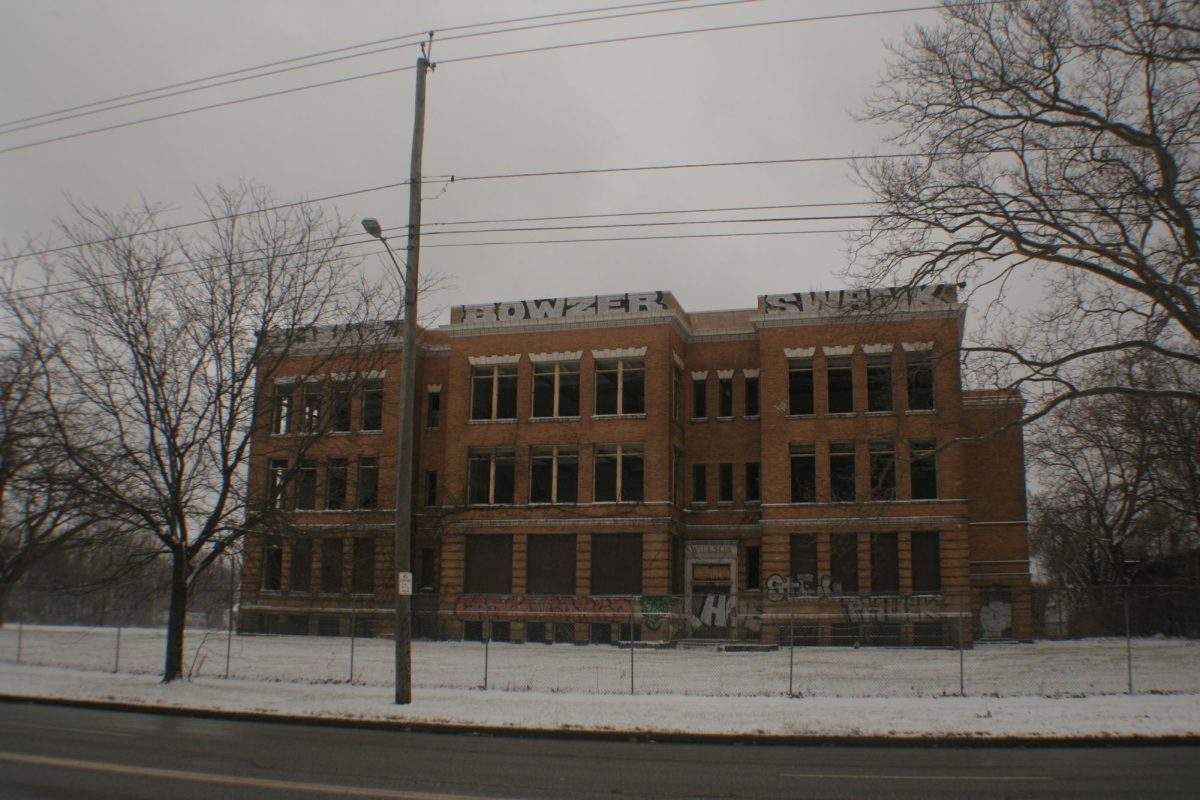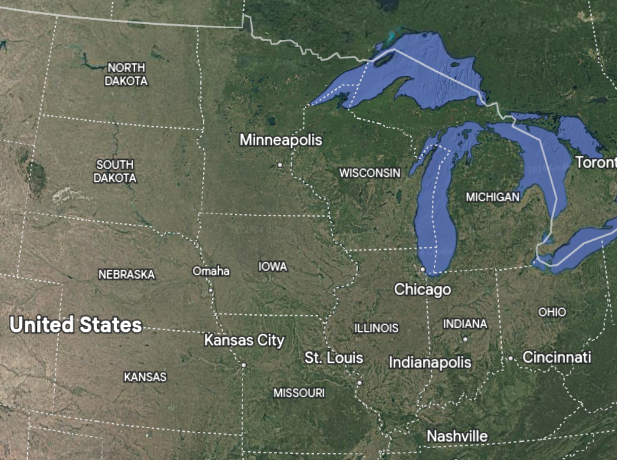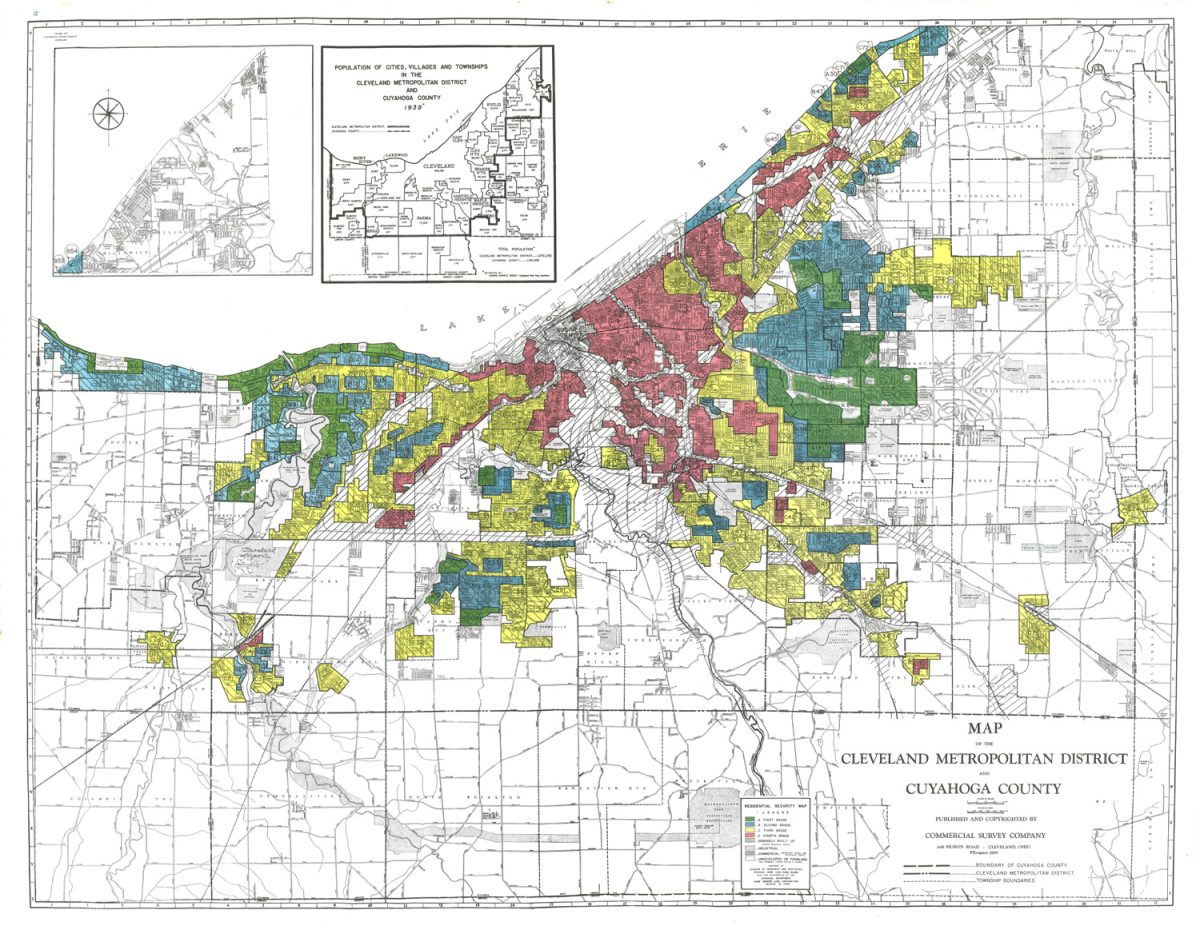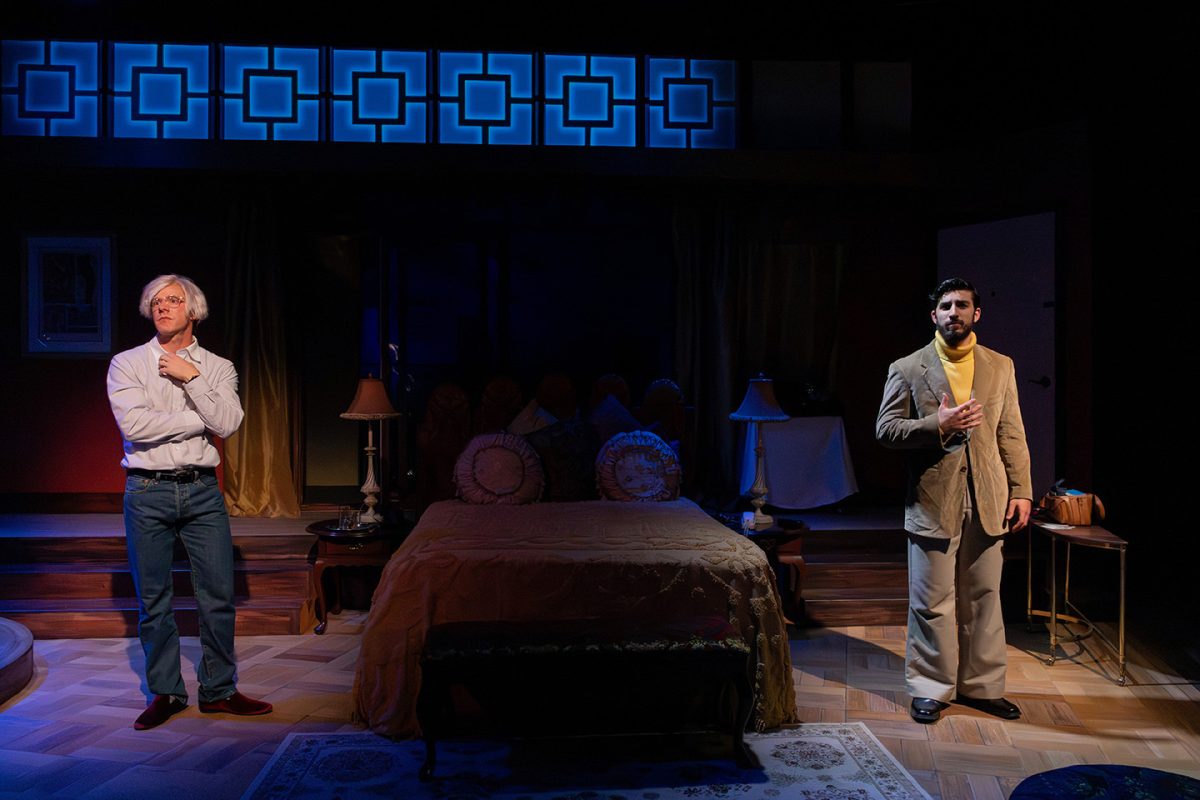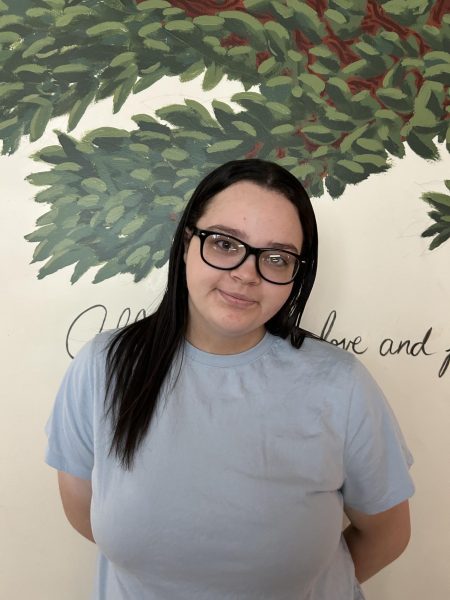Years after Andy Warhol worked his way into American culture, his paintings are now viewed through a different lens. The Beck Center For The Arts reimagines the artist by using Andy Warhol in Iran to help dive deeper into how an individual can’t remain neutral in the face of oppression.
Written by Brent Askari and directed by Sarah May, Andy Warhol in Iran reimagines a 1976 meeting between a pop artist and a young activist student. What begins as a simple act of kidnapping becomes a conversation about power, privilege and the responsibility of the artist in the world. May depicts her actors in a way that has the audience seeing the contrast between the two worlds. Warhol’s polished, money-hungry world and Farhad, the selfless activist student.
“It shows us that if two people from completely different worlds can just spend a little time together and tell stories and listen and be interested and curious, maybe we would have a better world,” director Sarah May said.
The connection comes through vividly through two actors: Scott Esposito, who plays Andy Warhol, and Kareem Mchaourab, who plays Farhad. The chemistry between the two actors makes the conversation feel more intimate, helping pull the audience closer and into a dialogue that feels as relevant now as it did in 1976.
“They’re fighting over borders. They’re fighting over religion. They’re fighting over class. But if we just knew more… knew what it felt like to walk in others’ shoes, they’re all like us,” May said—referencing the current issues that are happening across the world, including in Iran, where Andy Warhol in Iran takes place. In today’s society, division and misunderstandings dominate the headlines. The question being raised: how do we listen, and what do we do once we finally hear?
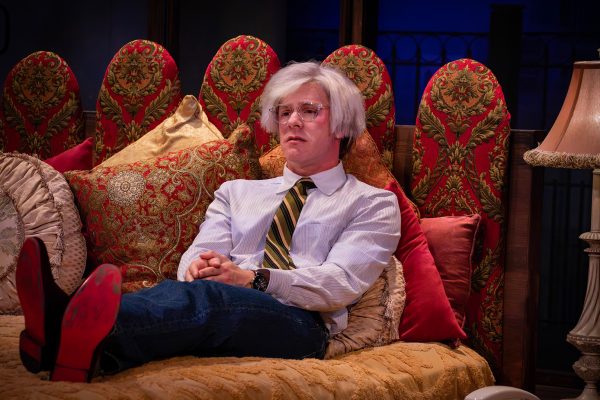
Both Esposito and Mchaourab break the fourth wall throughout the play, giving the audience direct insight into what is happening in their world. The performance starts with Esposito sitting among the audience, interacting with members as he prepares to tell the story. By the end, Esposito and Mchaourab stand apart from each other on the stage as they look out to the audience, breaking the fourth wall once more.
They recount Andy Warhol’s death and political upheaval in Iran in 1976, when the Shah was overthrown by a leader who promised reform but ultimately caused more harm. The play emphasizes, toward the end, that revolutions often repeat themselves—copies of previous movements, each just slightly different—and, in doing so, can draw the audience in, creating a reflection on history, power, and human nature.
“It does the things that theater is supposed to do, which is partly to entertain you and partly to educate… maybe knowing something more about history or the human condition,” artistic director Scott Spence said.
His words help capture the essence of Andy Warhol in Iran—a production that does more than retell history. At the Beck Center, bold storytelling reminds the audience that the theater isn’t just a mirror showing us society, but instead a bridge between the two worlds of education and entertainment. In the end, Andy Warhol in Iran asks: what does it mean to be human, to listen, and act against the face of injustice?
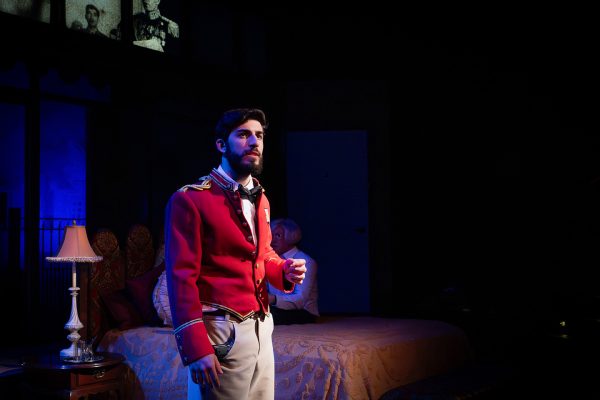
Despite coming from two different worlds, Warhol and Farhad are tied together by the harm depicted in their lives—political unrest, gunshot wounds, torture, personal risks, and social consequences. Warhol, who admits in the play multiple times, “I find politics to be very abstract,” begins the play detached, only caring about himself and not about the suffering that is happening around him.
Later, through his interactions with Farhad, he comes to understand the human cost behind headlines—the suffering that is happening. This shared exposure to harm transforms their relationship, allowing curiosity and empathy to bridge the gap between reality and art. What others are experiencing around you and how it affects you.
While Andy Warhol in Iran is gradually gaining traction in theaters around the world, it also holds the hope of hopefully making an effect on Lakewood High School, but in a different way. “We would like to do something similar in that aspect,” Barnstormers Play Director Dominic Farinelli-Martinez said. Farinelli-Martinez expressed a desire to do a political piece in the near future after hearing about Andy Warhol in Iran and the story it holds for its audience members.
Individuals can see Andy Warhol in Iran at the Beck Center For The Arts from Oct. 3 to Nov. 2, 2025. Tickets and additional information are available through the Beck Centers’ Website.
